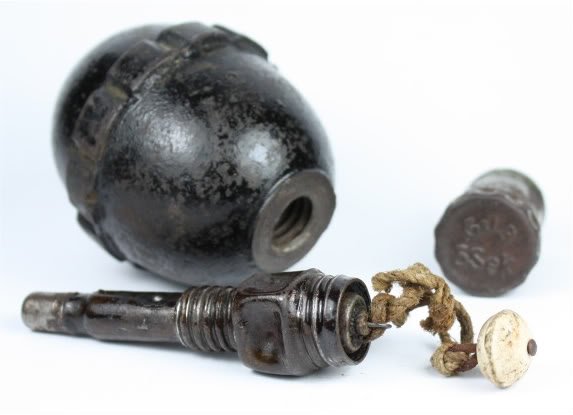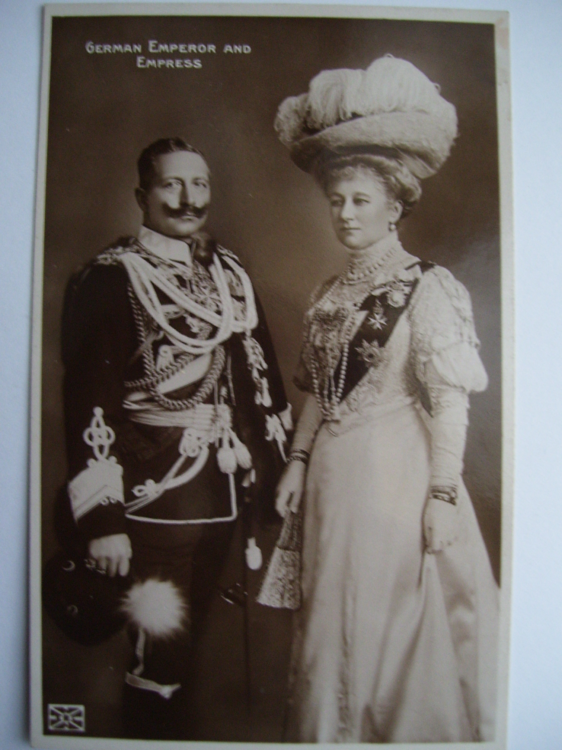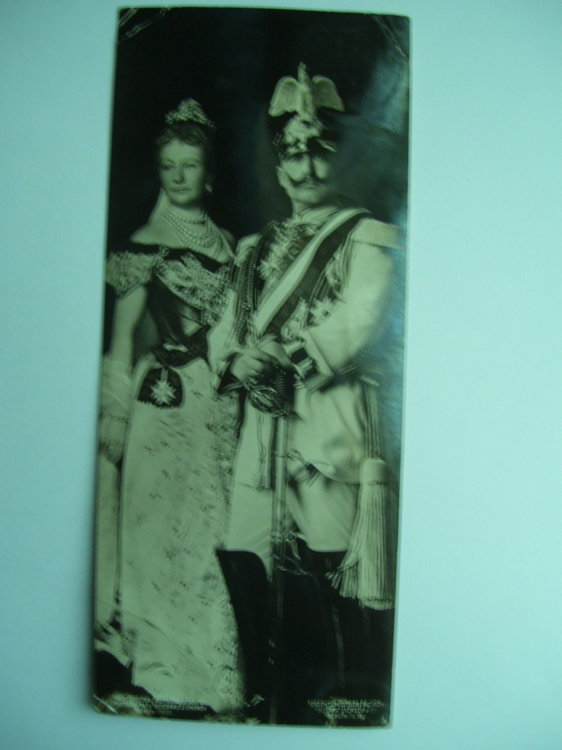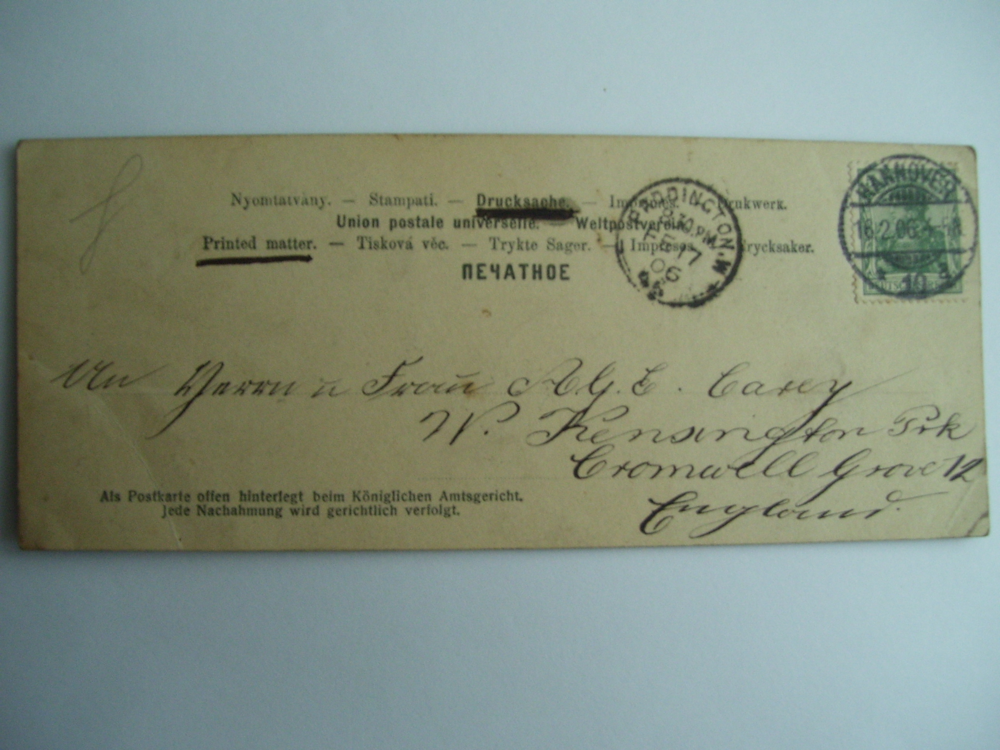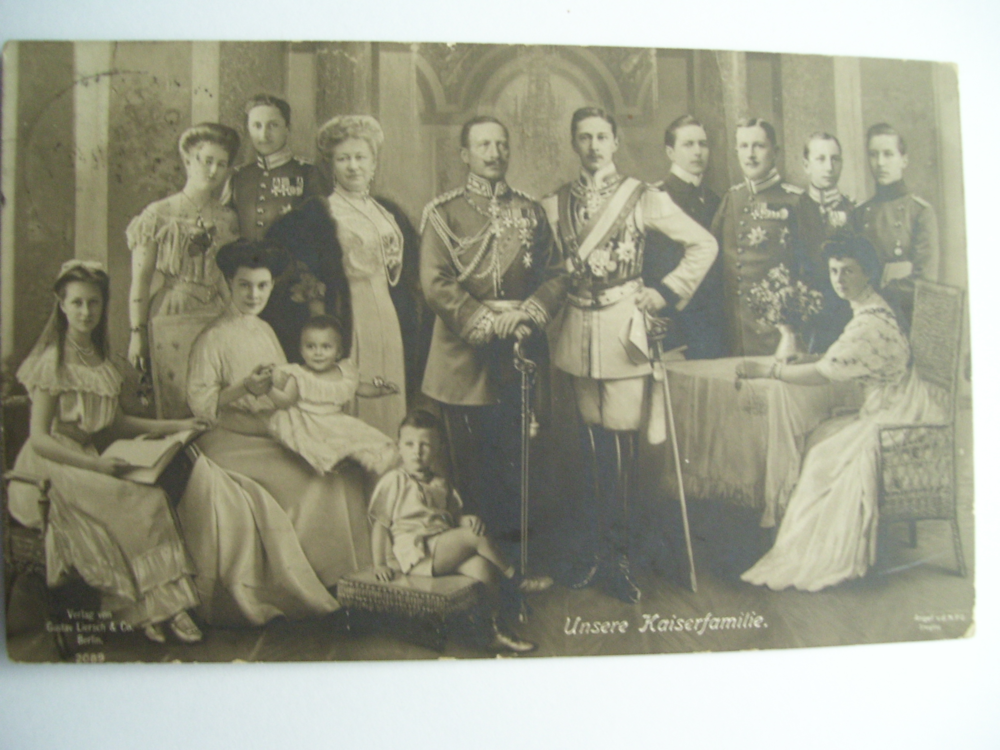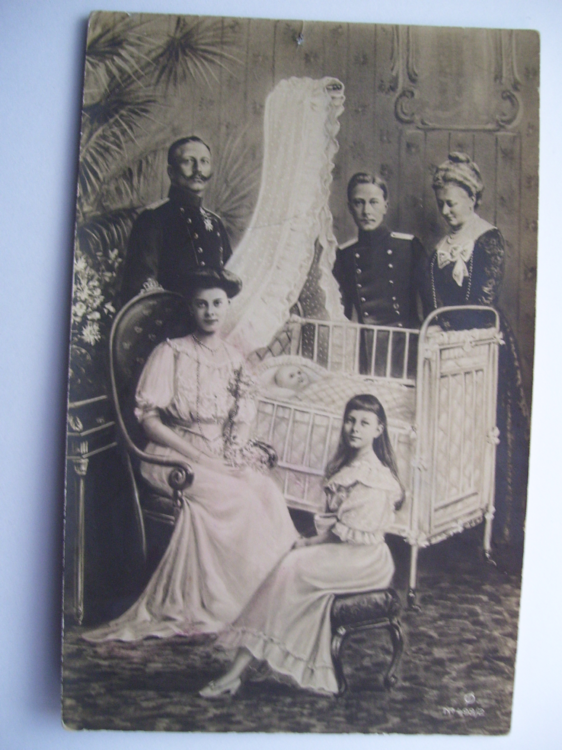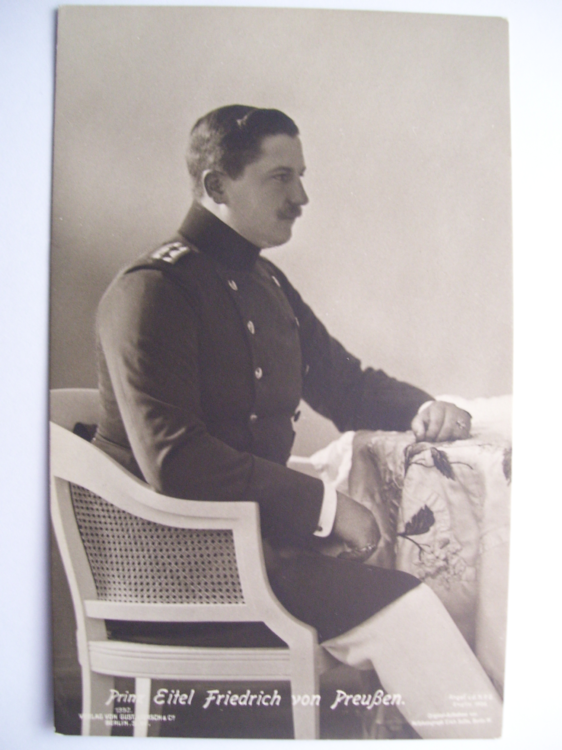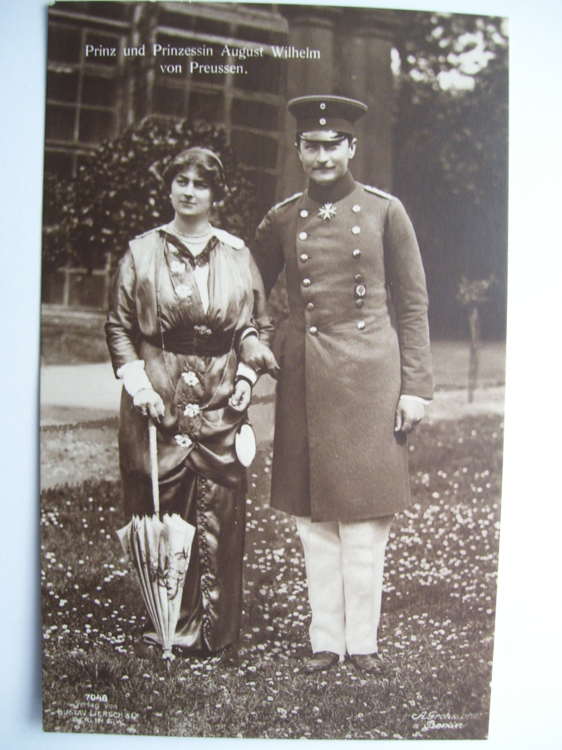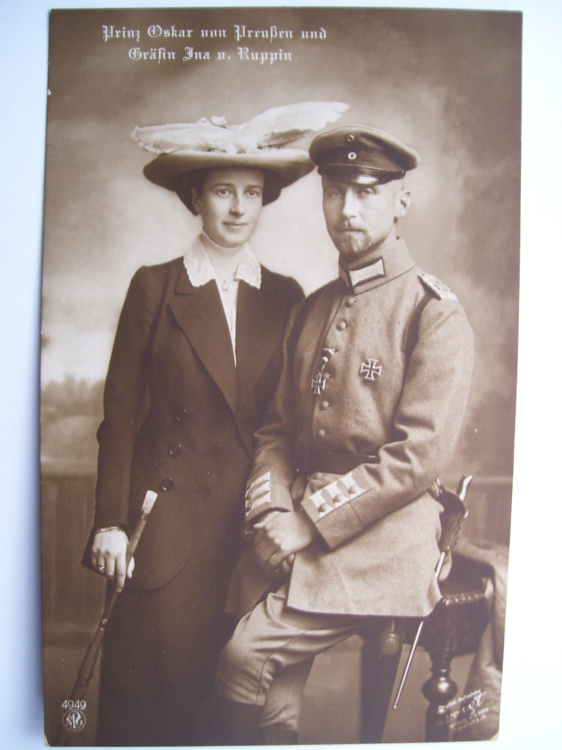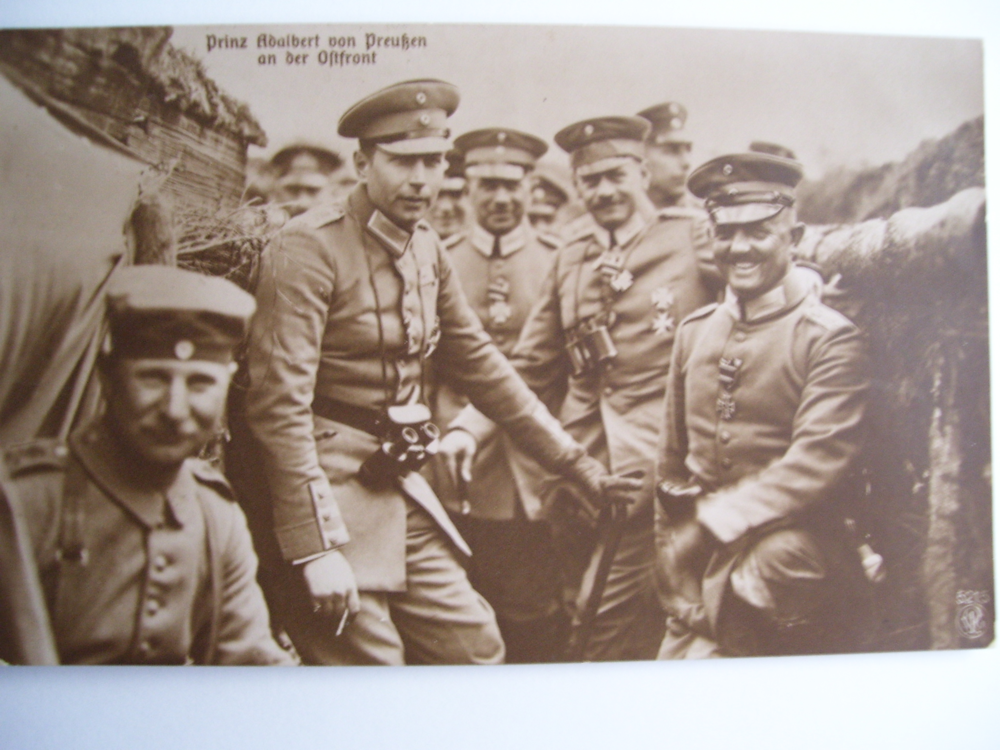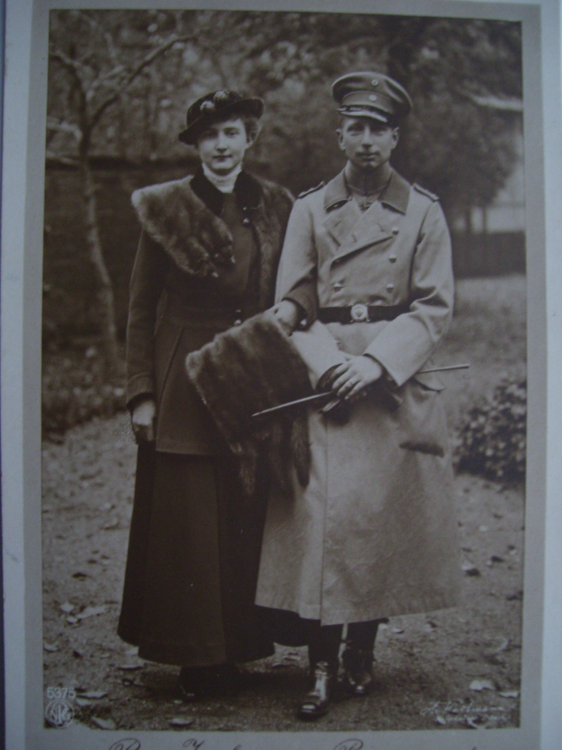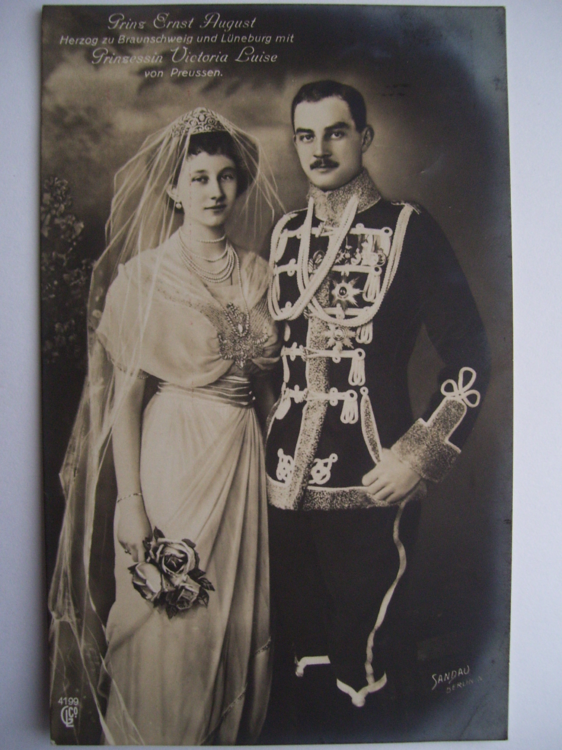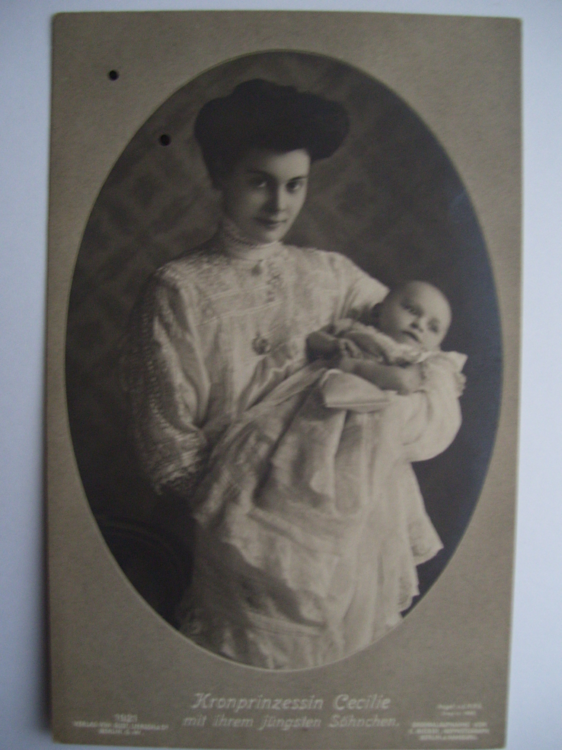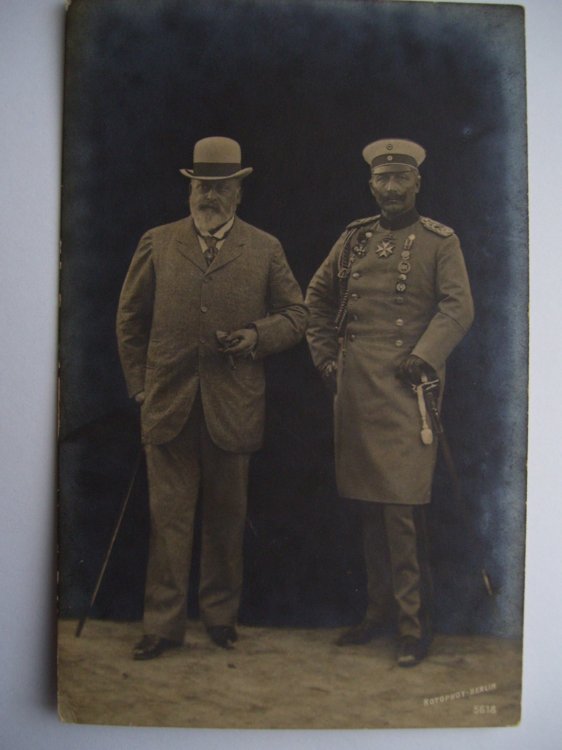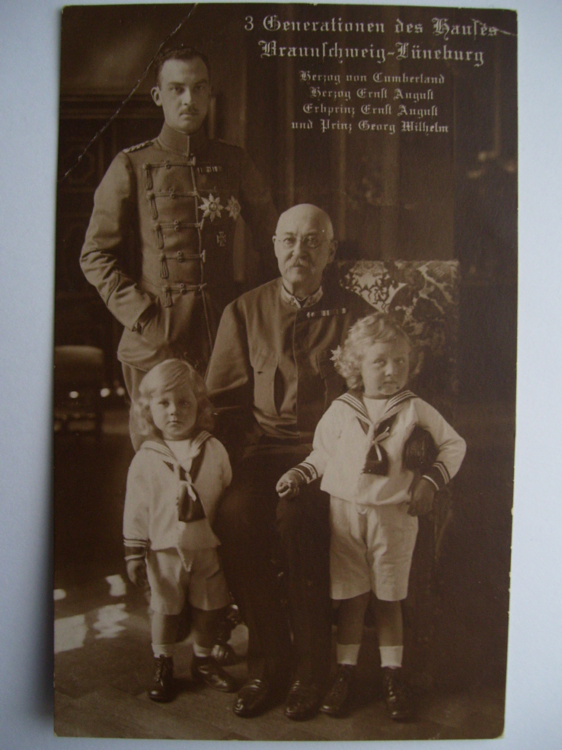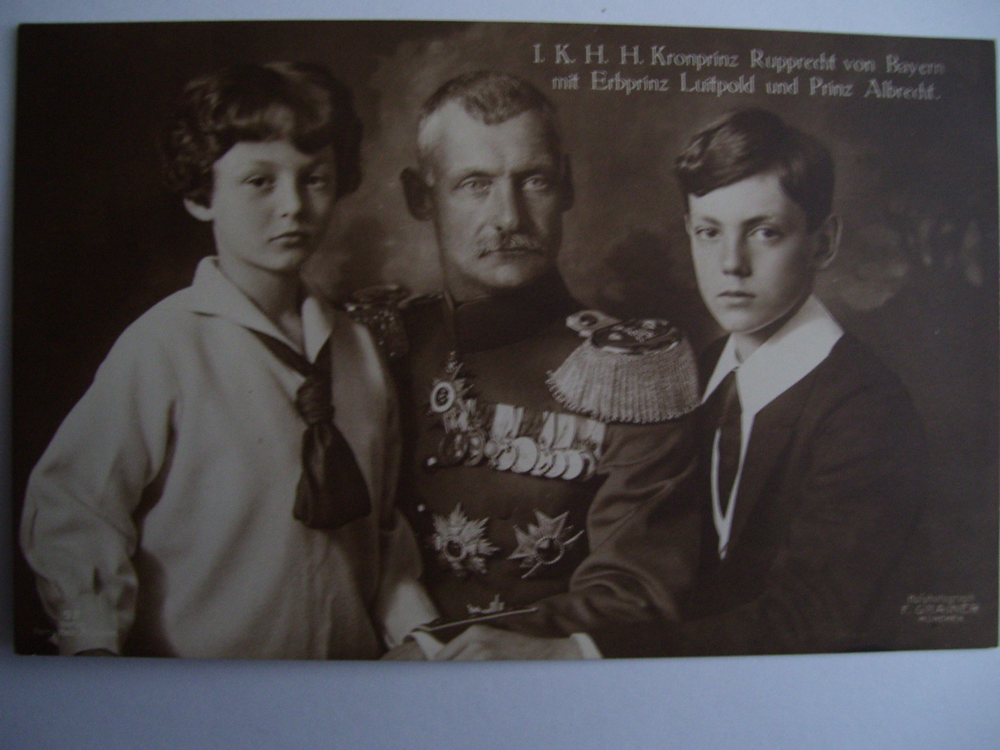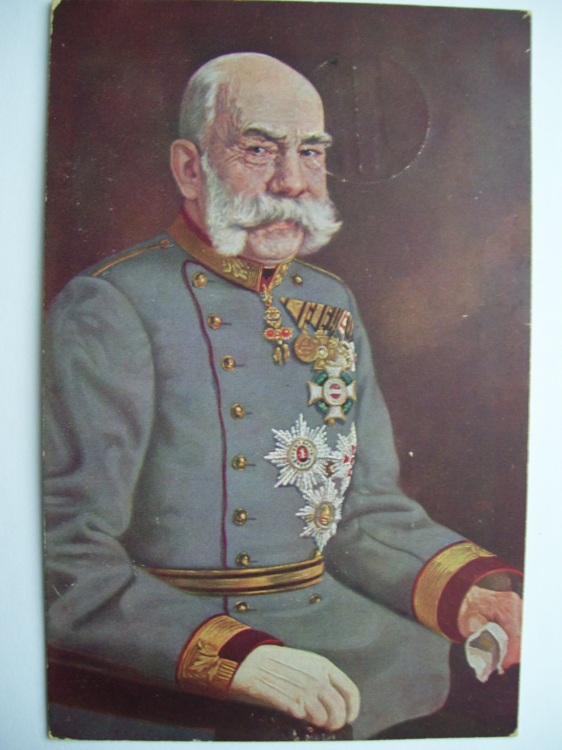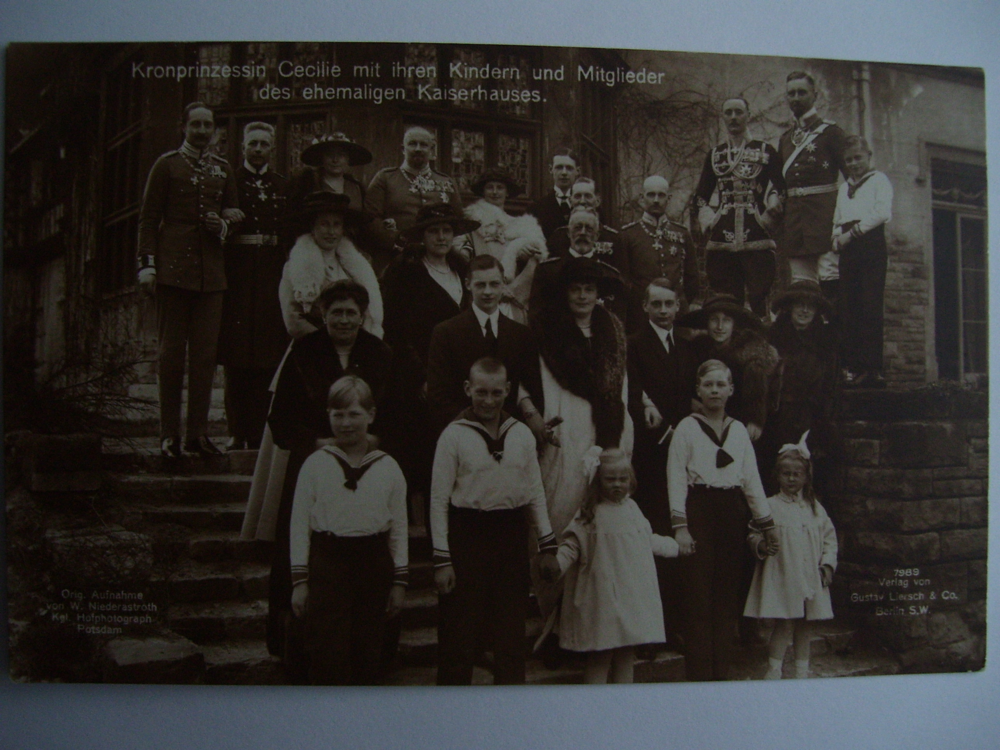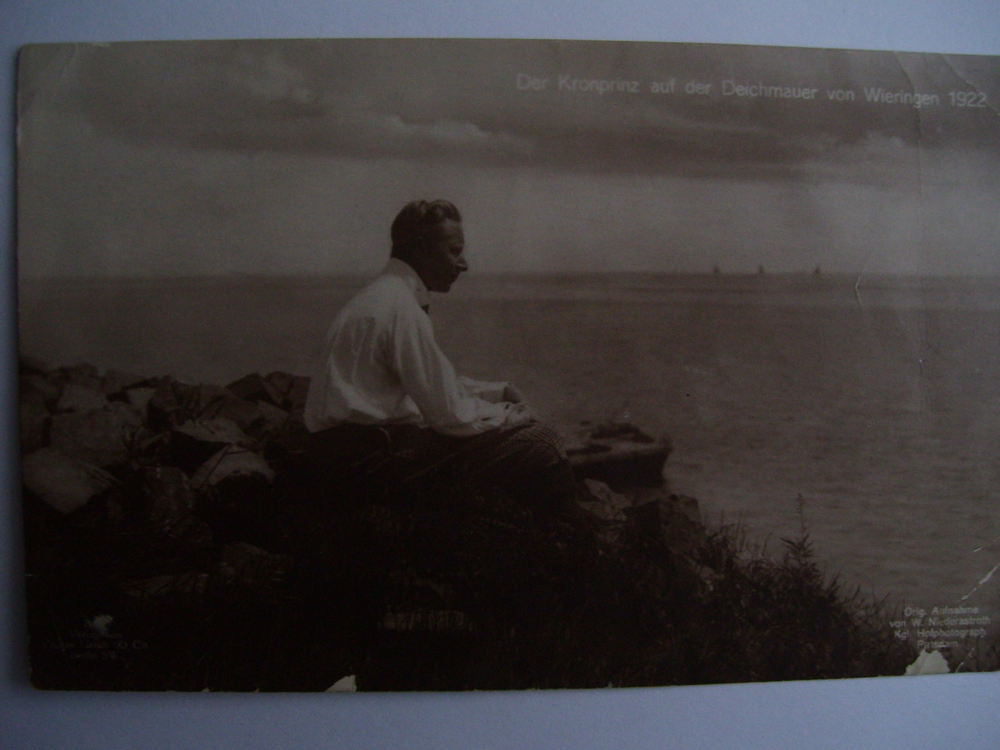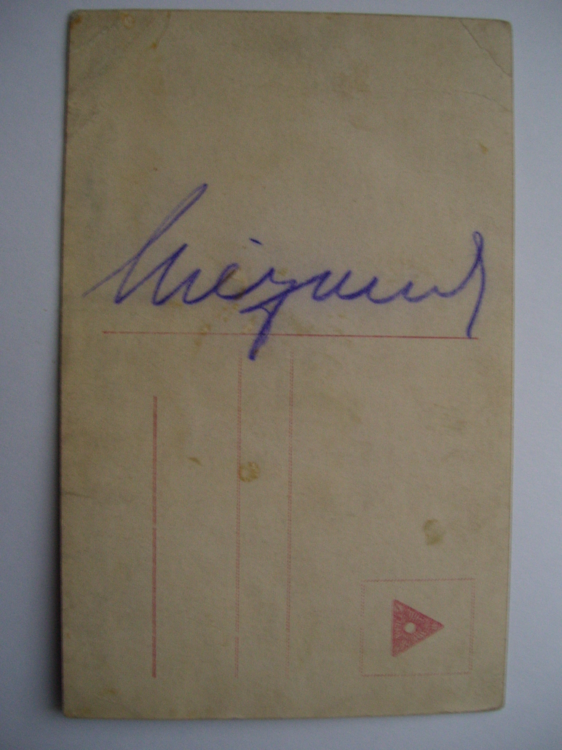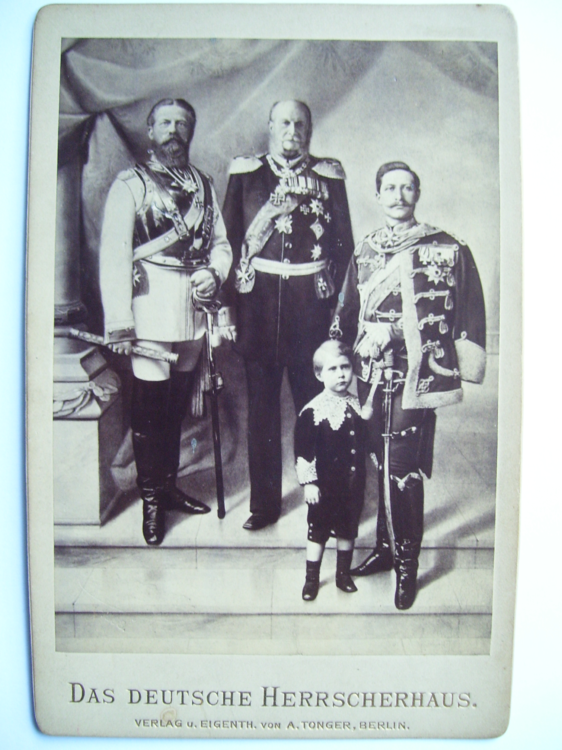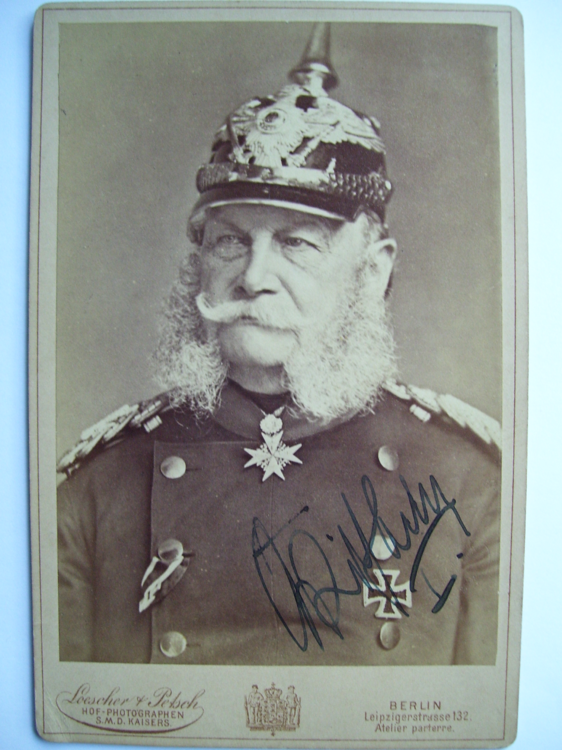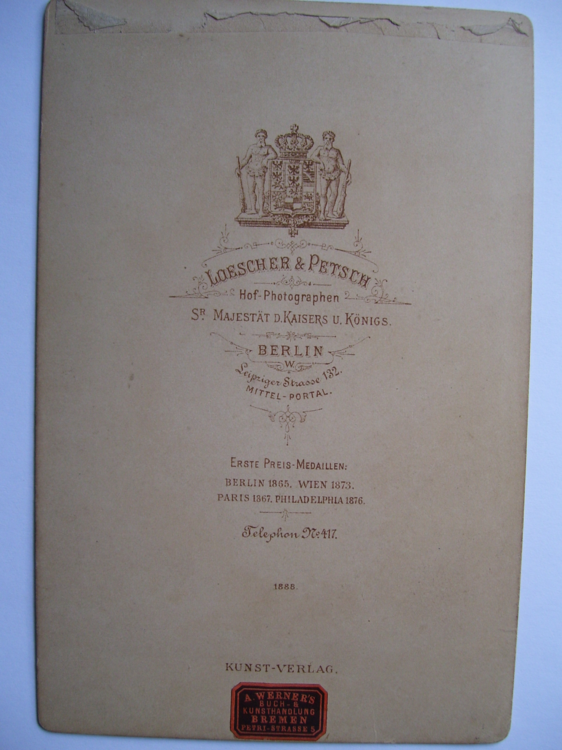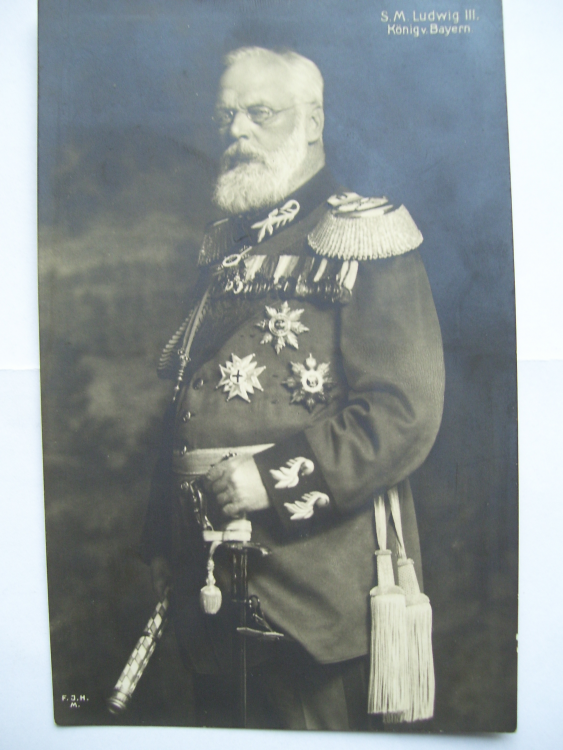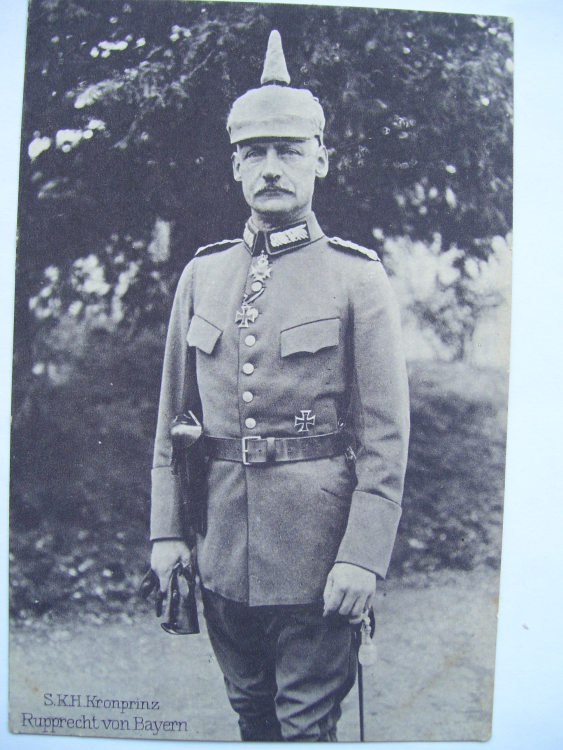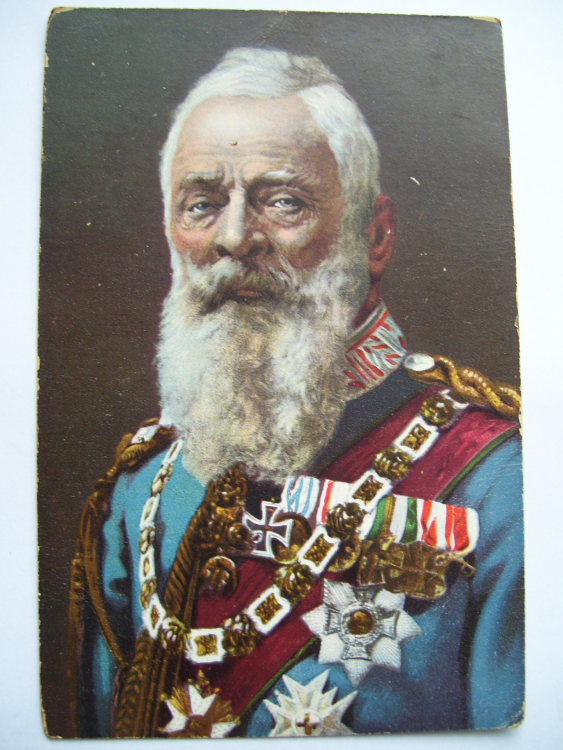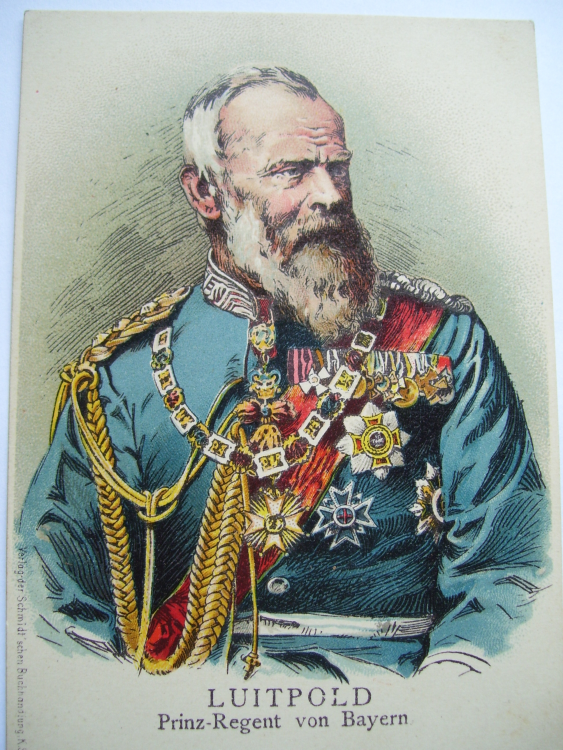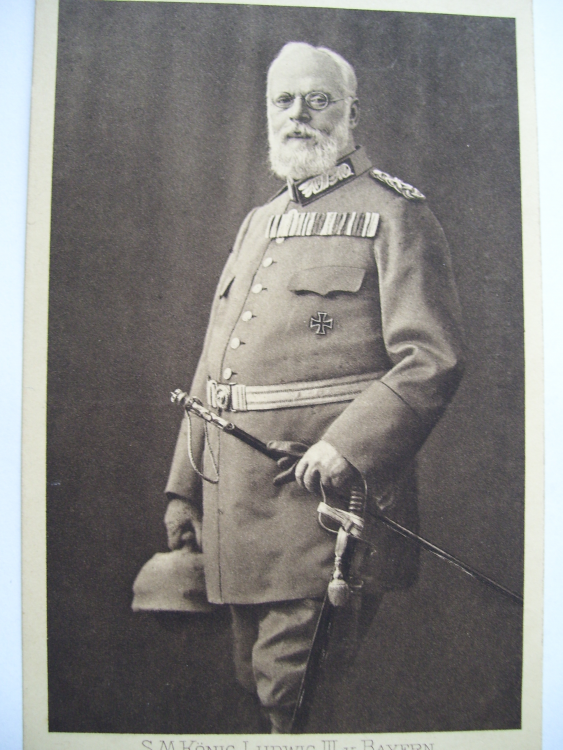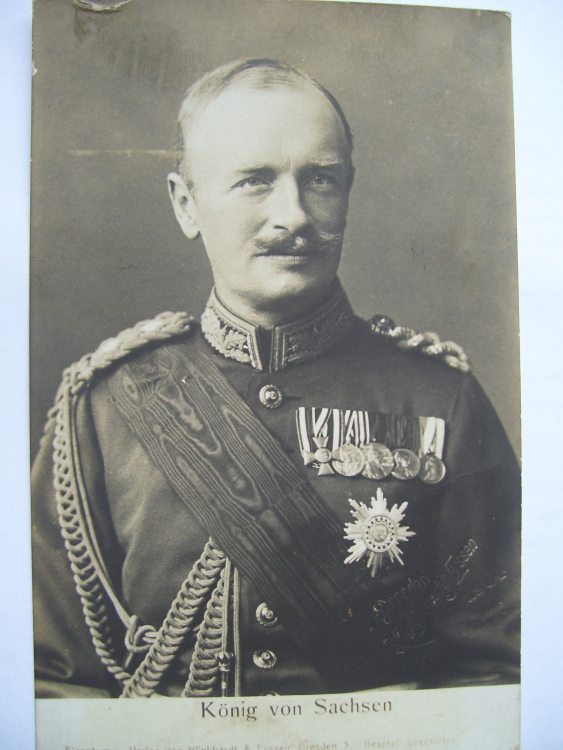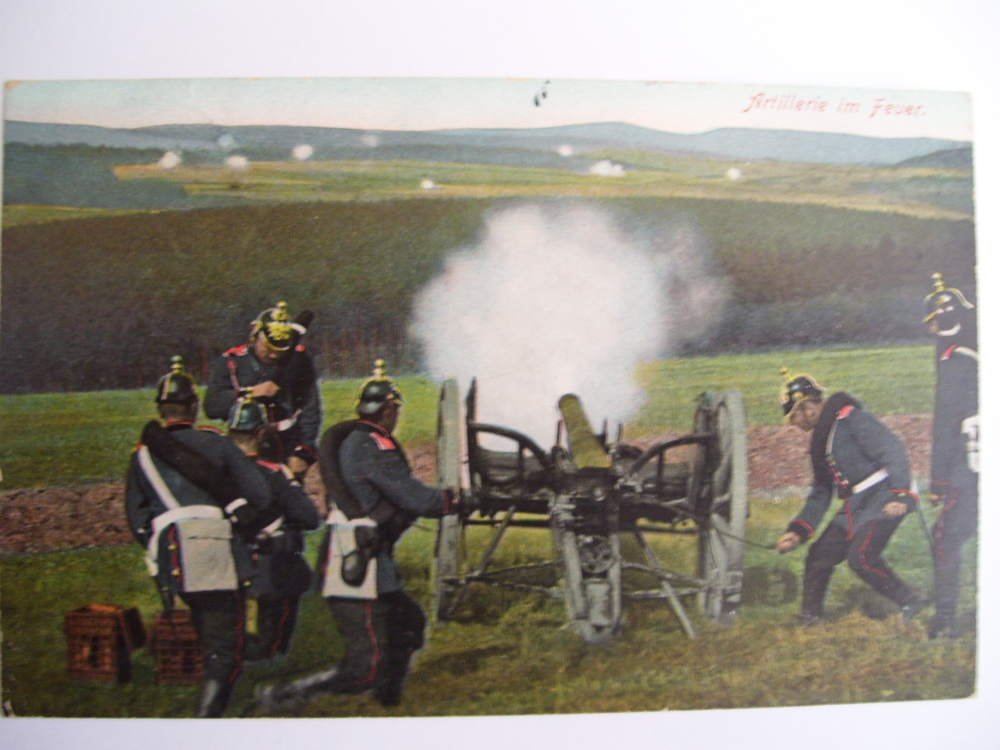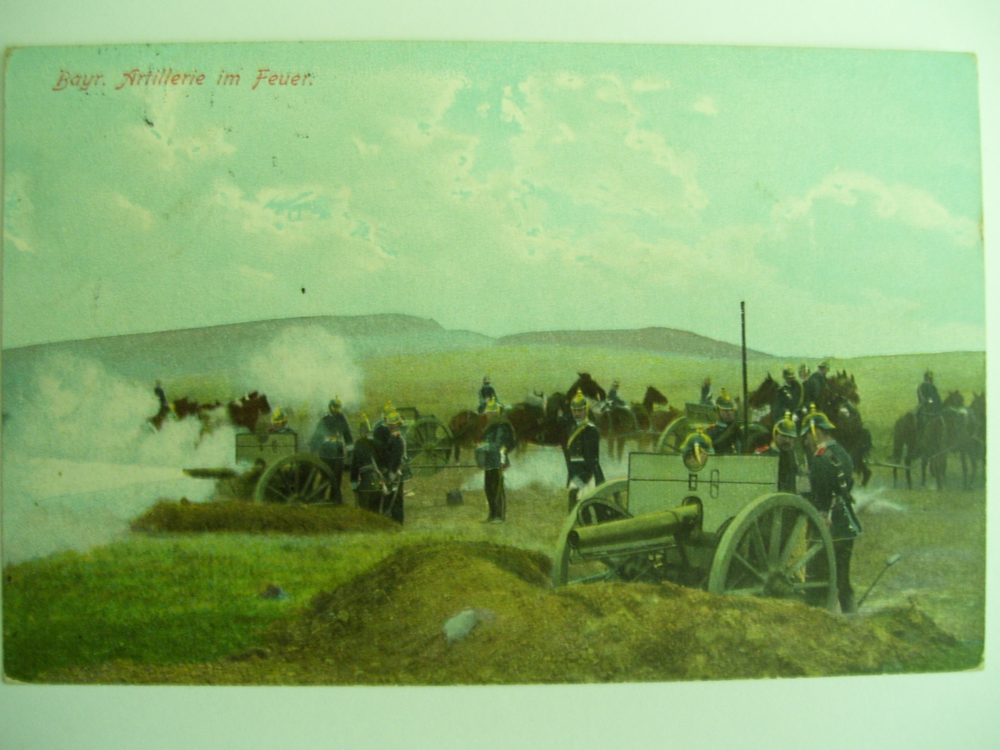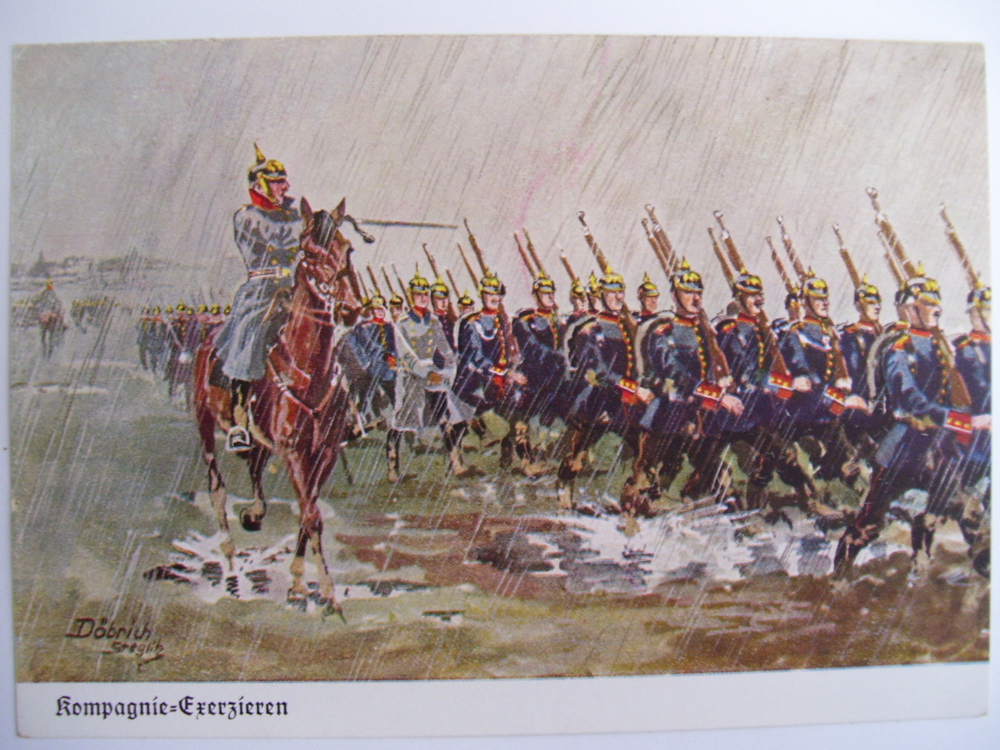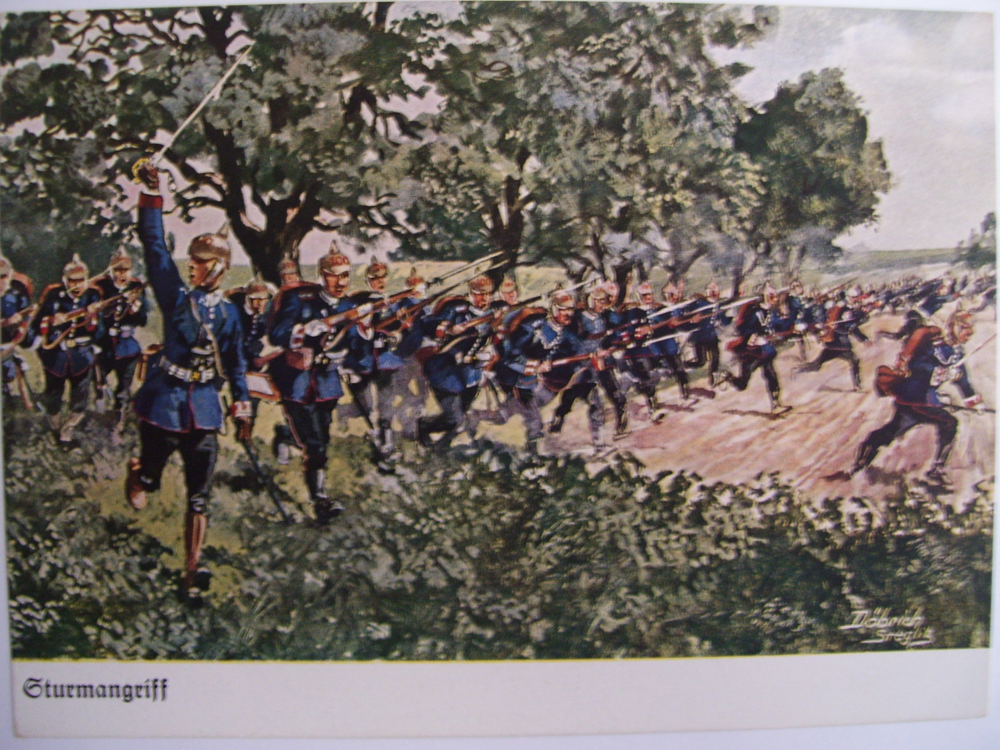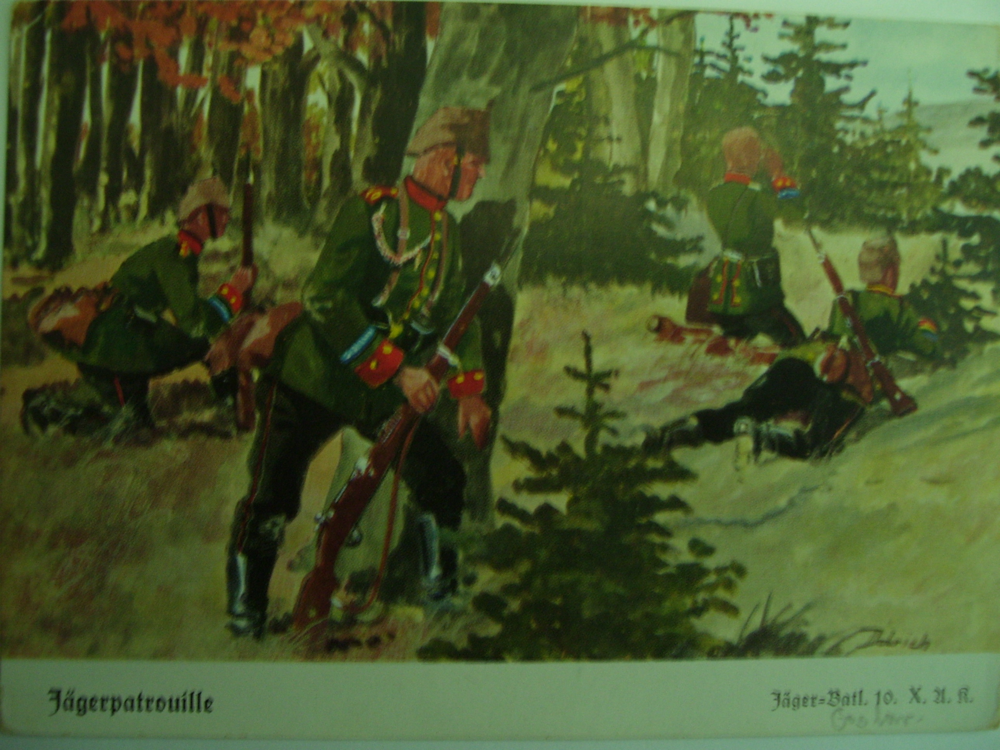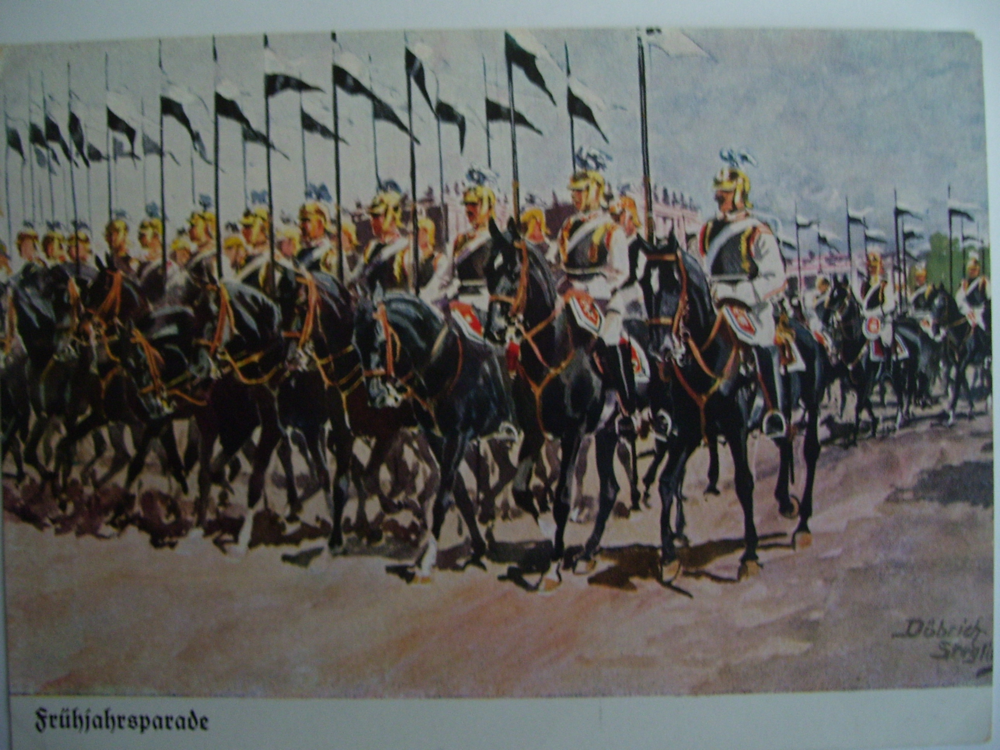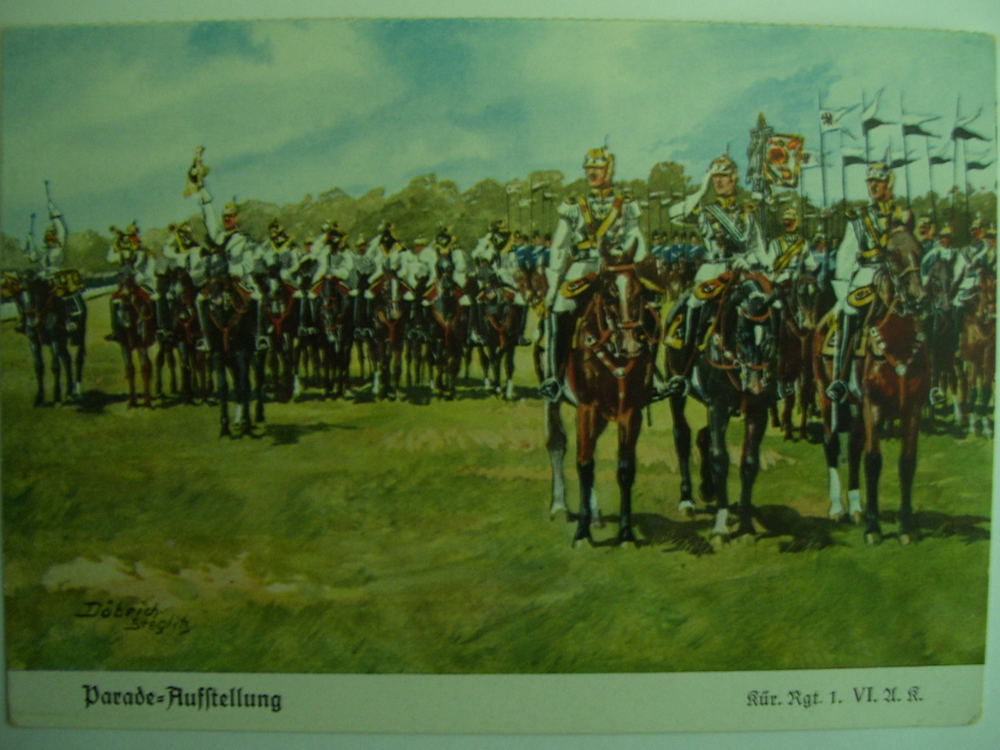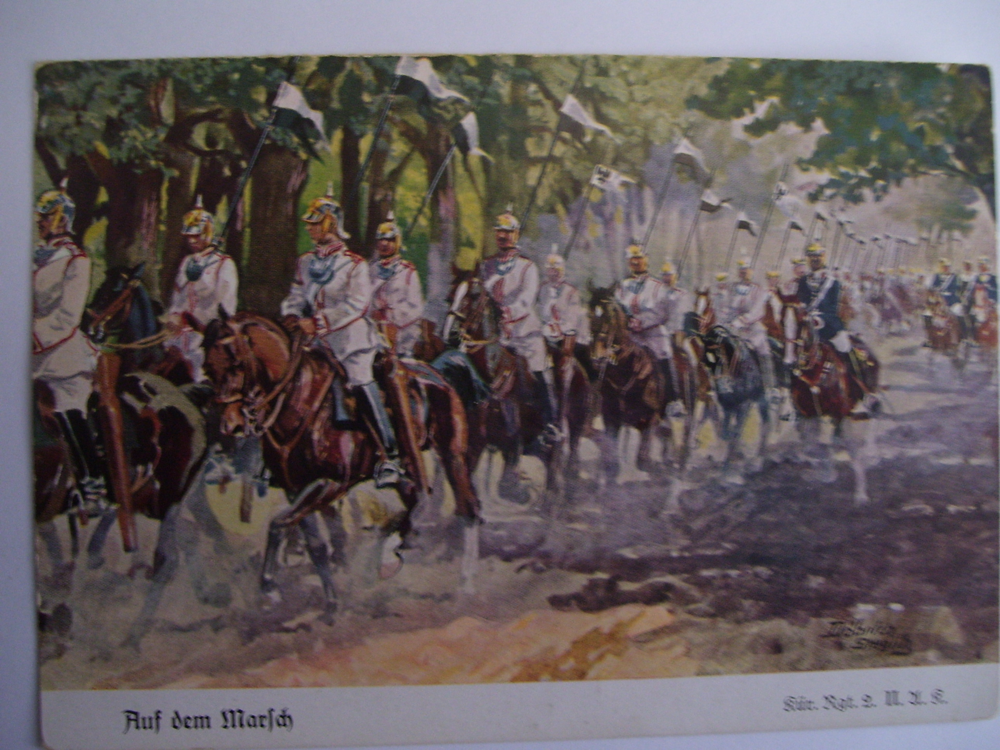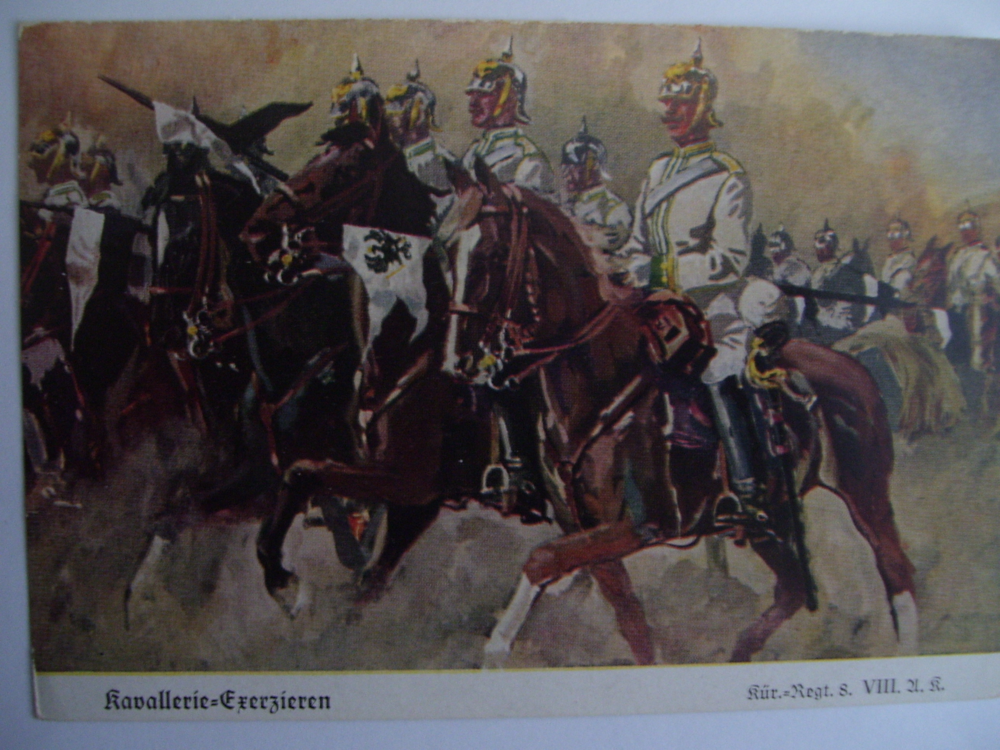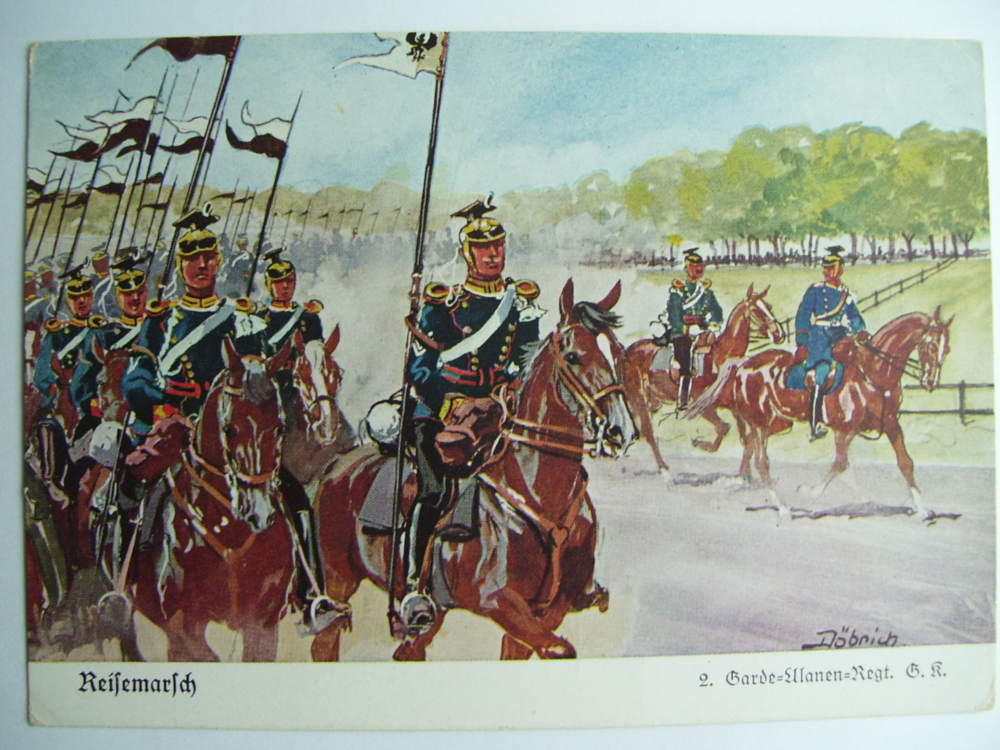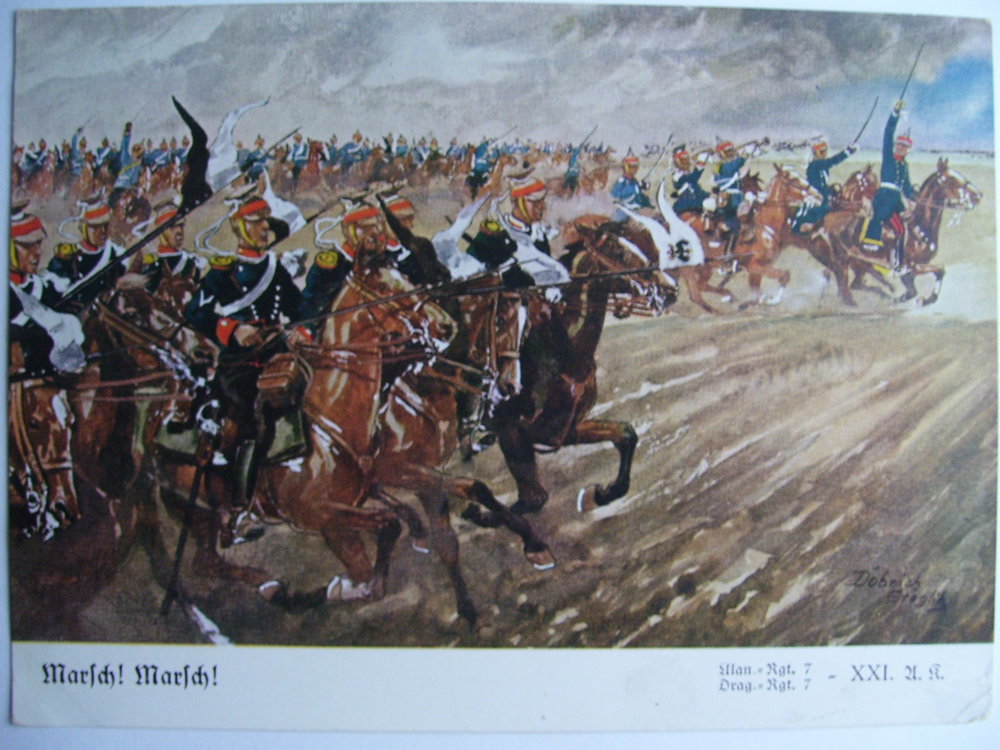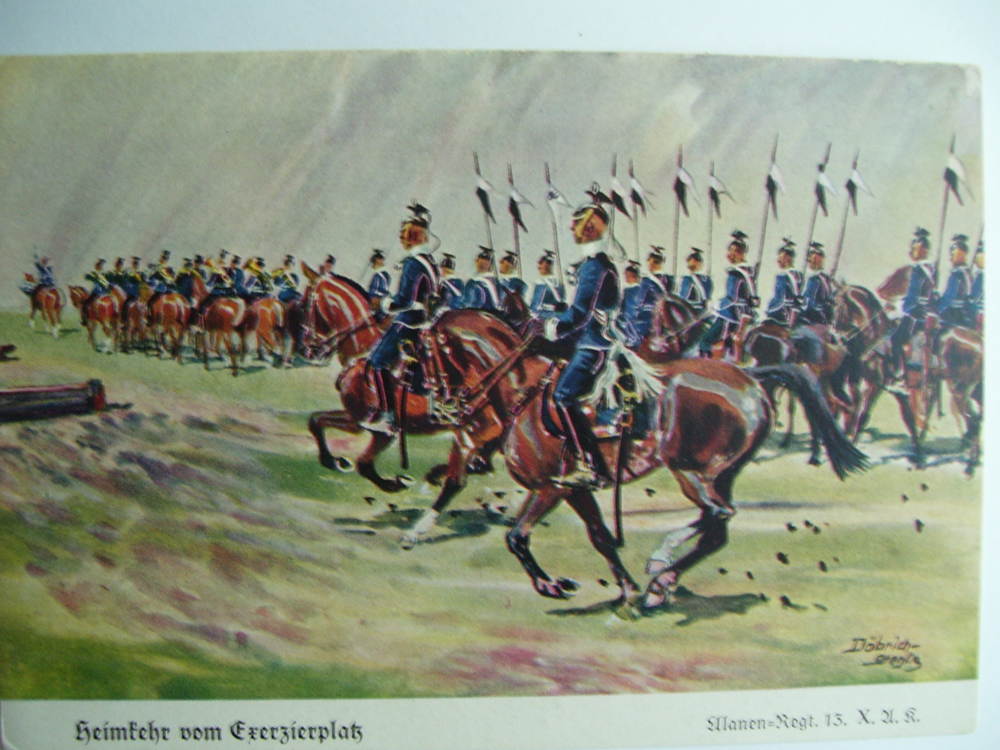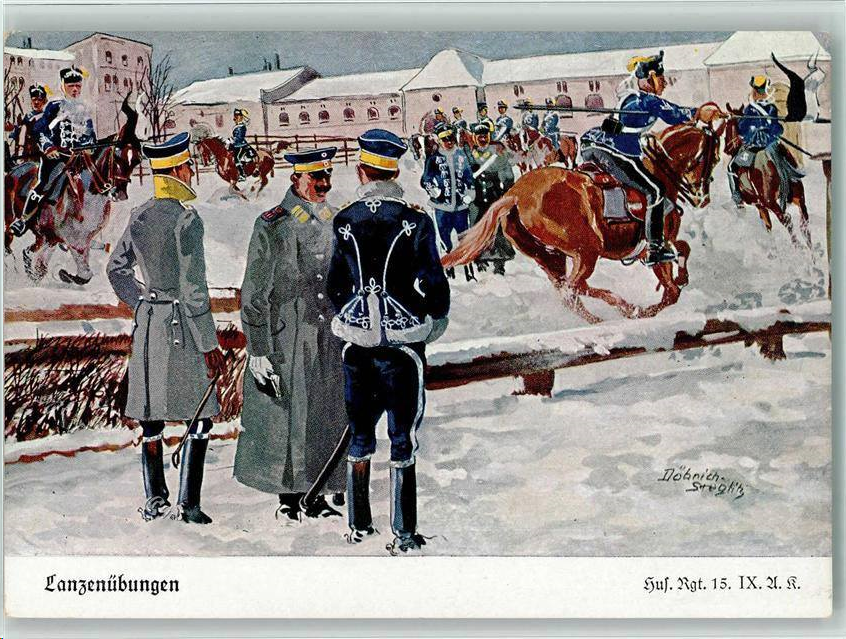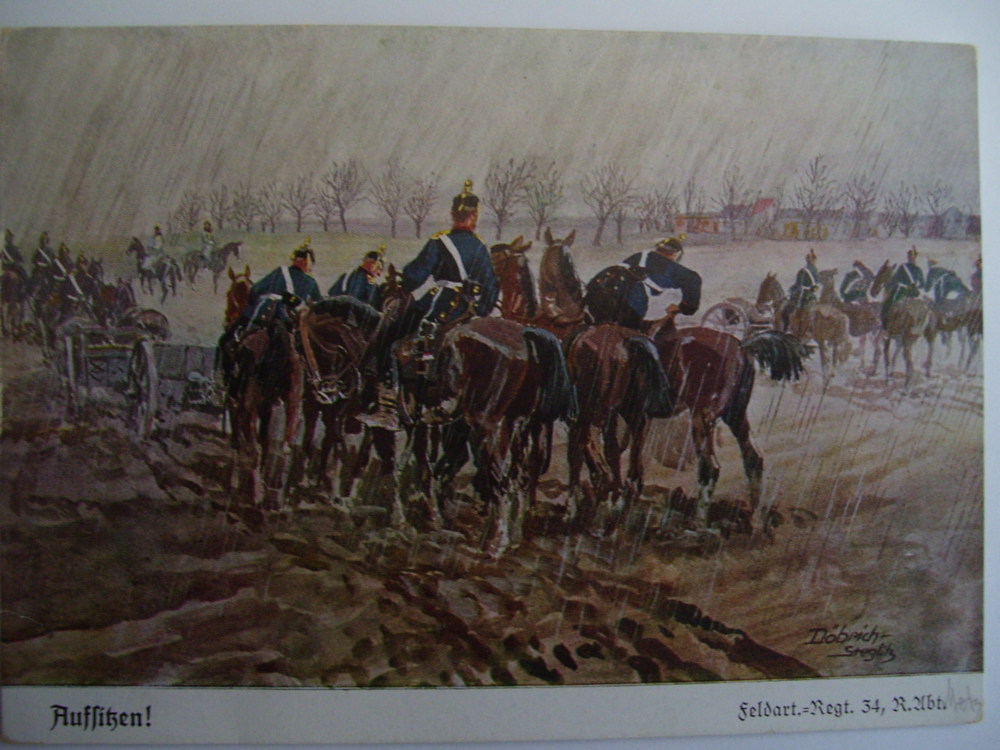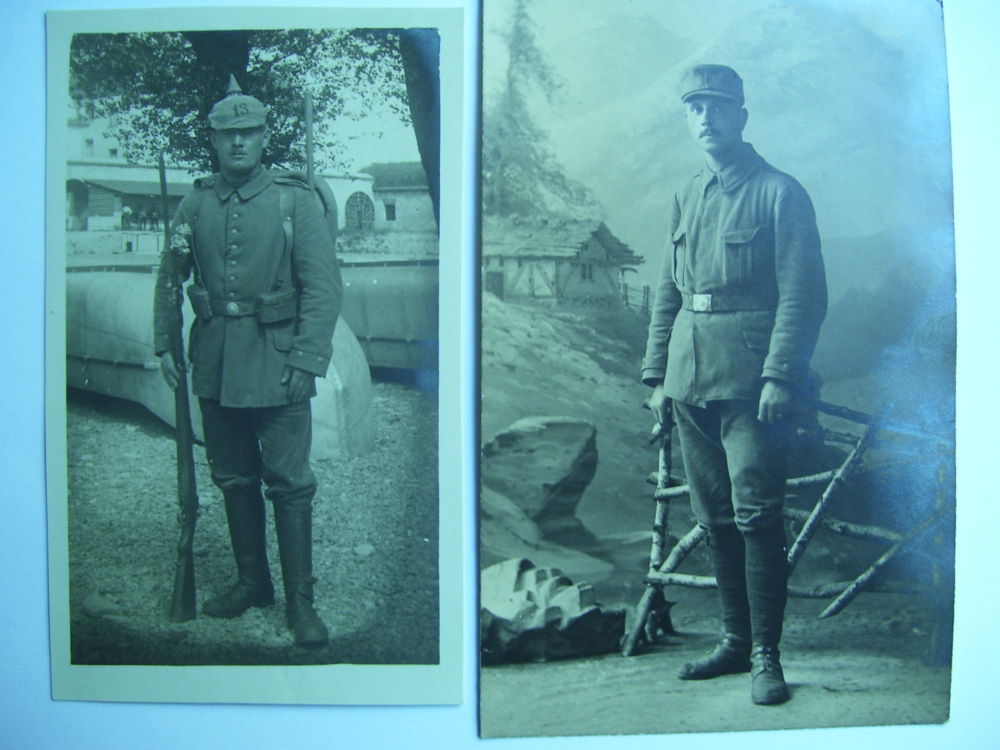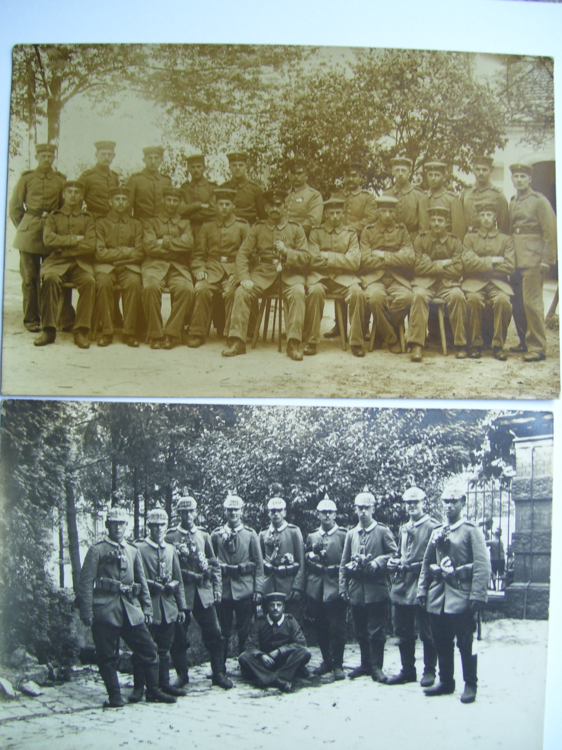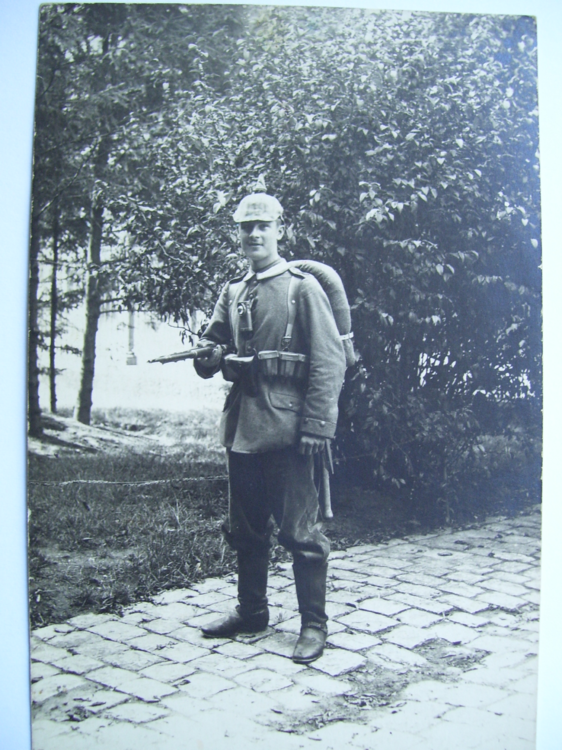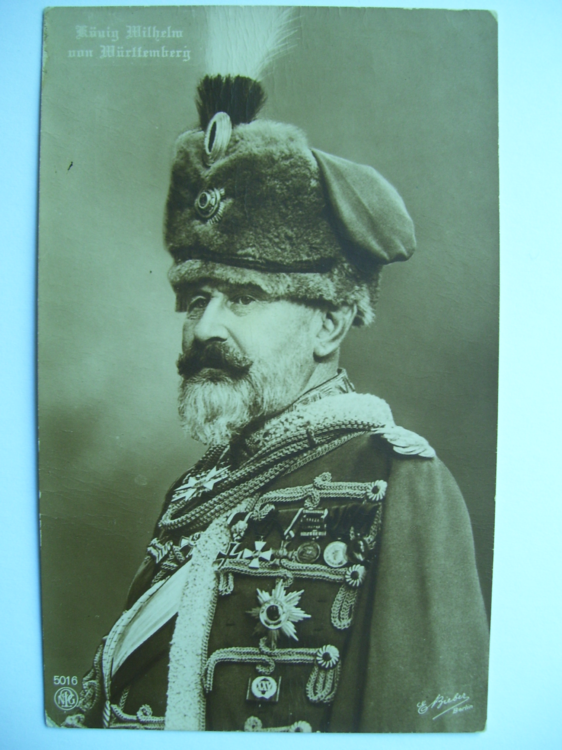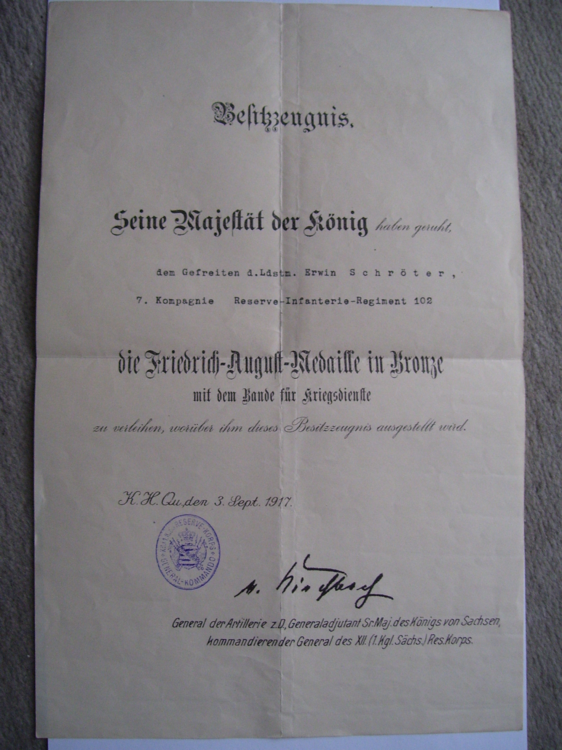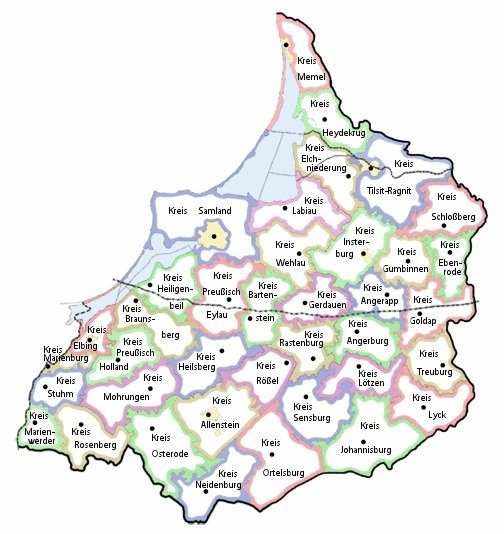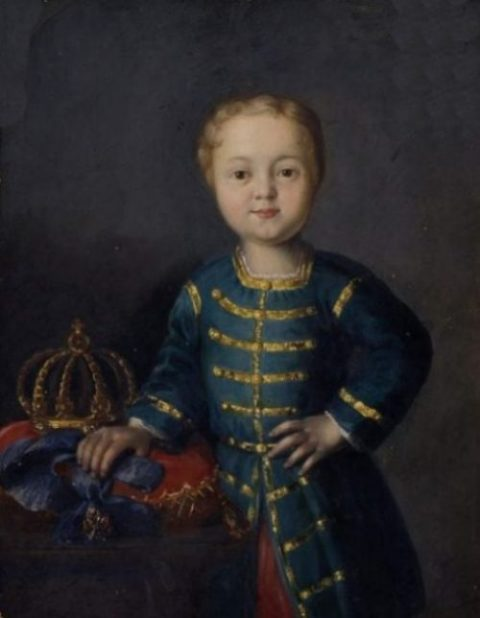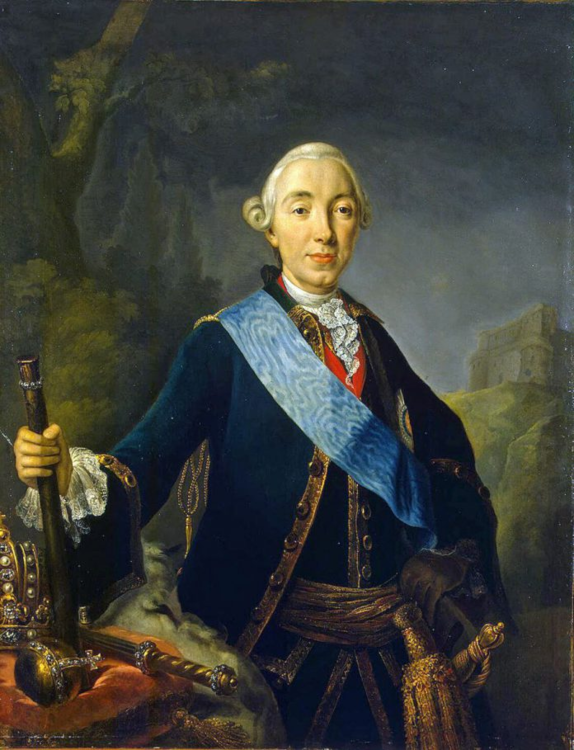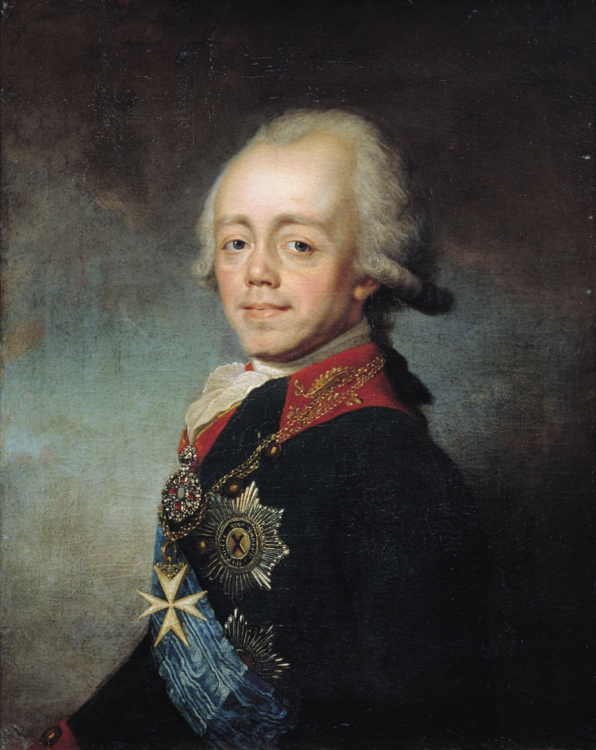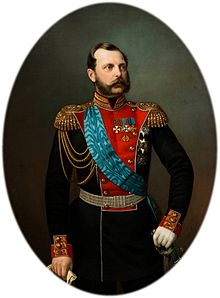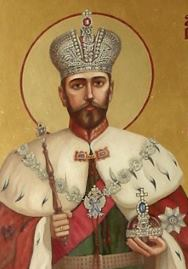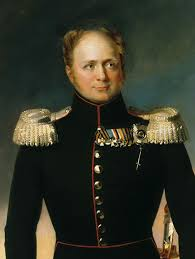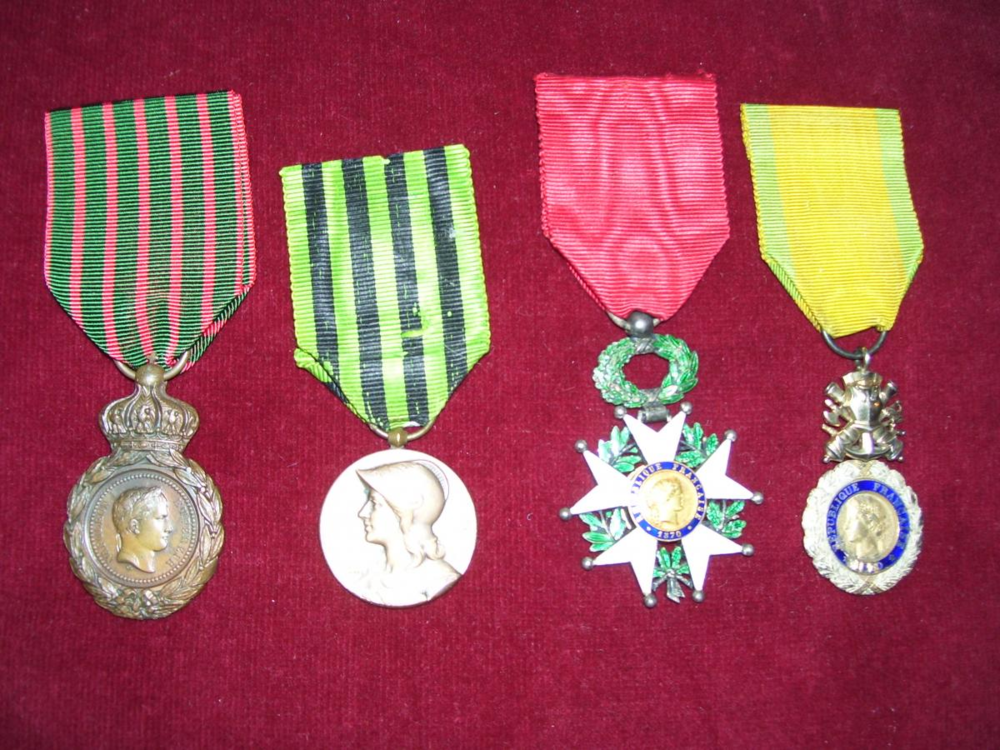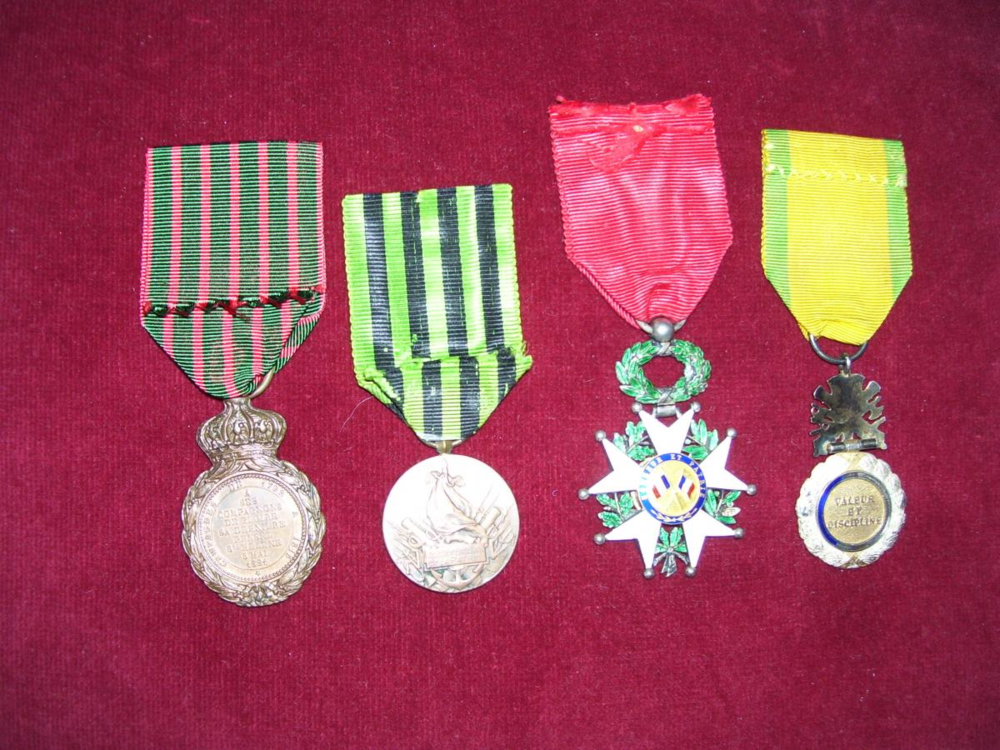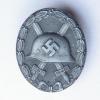Leaderboard
Popular Content
Showing content with the highest reputation on 28/03/20 in Posts
-
3 points
-
3 points
-
3 points
-
2 points
-
Here's another British made helmet stamped HBH = Harrison Bros & Howson of Sheffield with Heat/Batch code ZT and dated II/1938, Liner stamped Helmets Ltd of Wheathampstead and dated I/1937. Has the NFS logo and Western Region No 1 on front also the red band of a Leading Fireman. Photo's from other sources.2 points
-
2 points
-
Here's another helmet that could be passed of as British, this is the 1949 Belgium model copied from the British MII Brodie, made for the Belgium Army from 1949 - 1952, it has no marking on the helmet shell but the liner is stamped with all the information you need. Stamped ABL = Armee Belge/Belgissche Leger ( Belgium Army issue ). 1949 = The Model. XB = The Manufacturer Xavier Buisset Vilvoorde. 1950 = The year of production. Photo's from other sources.2 points
-
2 points
-
2 points
-
Very nice Gwar, most of these I see are cut down for some reason, good to see one which still has the maker mark.2 points
-
2 points
-
2 points
-
Yeah Fritz, these are not cheap anymore. I am watching an auction, there is a seller who has several of the wartime grey versions. I will try and get one if they stay reasonable in price.2 points
-
2 points
-
Just read about how some vendors are selling faked smooth bodied egg grenades. What they are doing is taking a regular egg grenade with the fragmentation band, and grinding this off to make the appearance look like the much rarer first issue smooth bodied type. If the smooth bodied type is for sale and the coat of paint looks fresh, ask if you can strip some of the paint around the middle where the seam is. Once stripped the metal should be aged evenly, if the middle area has metal that looks bright or does not match the patina of the rest of the metal, it might have been fooled with. Of course smooth bodied types were also ground along the middle when they were made, but the metal should be aged appropriately. Most smooth body types are dug up ones, so these are usually repainted. Buyer beware.2 points
-
2 points
-
Here are some pictures of Langemark German war cemetery, which I visited in 2015. I went to several other sites as well. It is hard not to notice the difference between the German sites and the Allied ones. This site was interesting in the fact it was located very close to the place where the use of poison gas was released on the western front for the time. In the last picture you see a pole with a white flag, these poles were where the gas was released.2 points
-
In WW1, grenades were in an ever-evolving state as both sides competed for the the right type for the right job. In 1917, the Germans introduced the M17 Eierhandgranate "Egg Grenade", which as its name suggests is small and egg shaped with a smooth exterior with a single fragmentation band, which also allows for a better grip. An earlier version was introduced in 1916 that had a smooth body with no fragmentation band, but troops complained about the grenade being hard to grip and it slipped easily. So the M17 was officially called the M17 N/a - Neuer Art or New model. Below is an example of the M17 with the M16 percussion igniter which had a 5 second delay. The average soldier could throw the M17 about 40 meters. This grenade had an explosive filling of gunpowder, aluminum and barium nitrate. Typically on the M17 N/a you will find makers marks on the bottom of the grenade as well.1 point
-
When the sidecar was not in motion, the fire would have been as accurate as otherwise.1 point
-
I wonder how accurate the fire was from the side car? Most likely just used for suppression firing.1 point
-
1 point
-
I've not seen it yet either but it looks very good, we had some of the crew in the shop when they were filming it in Glasgow. Here is a clip of the Glasgow location filmed at the Govan Docks on the river Clyde.1 point
-
Keep up the good work Leon, education is an important tool for the collector.1 point
-
1 point
-
1 point
-
1 point
-
1 point
-
Here is another view of the chest plate that the Germans also used for these grenades. The plate had notches along the exterior in which leather straps could be attached to help fix in a somewhat stationary position on the wearer. When a grenade was needed the loop on the fuse was placed on the rod which runs from the bottom left to the top right, then the used would pull down or away to arm the fuse. The second photo is one from my collection. Most of these I have come across are dug version, so far I have not seen any repros yet.1 point
-
1 point
-
1 point
-
1 point
-
1 point
-
1 point
-
Part IV. Royalty before and during the War. Kaiser Wilhelm I., with original signature, Wilhelm Imp. The four generations, ca. 1886 An English postcard depicting German Emperor and Empress An official postcard of the Kaiser and Kaiserin posted from Hannover to an adress in London, W.Kensington Park, 1906 The Imperial Family, a formalised portrait An informal portrait Prinz Eitel Friedrich Prinz August Wilhelm u. Gemahlin Prinz Oskar u. Gräfin Ina von Ruppin, Note the French Bayonet he is wearing! Prinz Adalbert on the Eastern Front, visiting his Grenadier-Regiment Prinz Joachim with Princess Marie Auguste of Anhalt Princess Victoria Luise, the daughter of the Kaiser and Herzog Ernst August von Braunschweig Kronprinzessin Cecilie with Prinz Louis Ferdinand, her youngest son The Kaiser with his English uncle, Edward VII. The former Imperial Family after the abdication. The Kaiser is not present. Kronprinz Wilhelm in exile in Holland, reverse with original signature in wax crayon Die Welfen - Hannover - Braunschweig - Cumberland: Ernst August von Braunschweig Herzog von Cumberland Prinz Georg Wilhelm Erbprinz Ernst August Prinzregent Luitpold von Bayern Ludwig III., König von Bayern, 1913-1918 Kronprinz Rupprecht von Bayern, 1869-1955, Oberbefehlshaber der 6. Armee Bayern Kronprinz Rupprecht with Erbprinz Leopold and Prinz Albrecht Großherzog Friedrich II. von Baden Friedrich August III., König von Sachsen Kaiser Franz Joseph von Österreich-Ungarn1 point
-
1 point
-
Many more photos added, see part I and II. Part III. A series of popular postcards by Döbrich-Steglitz: Artillery in Feuerstellung Wrongly captioned Bayerische Artillerie - the Bavarian artillery worn spiked helmets! These are Prussian artillerists - see helmets. Infantry company exercising (Northern Germany in pouring rain!) Sturmangriff, Leibgrenadier-Regiment 100 - these Saxons have "Kaiserwetter" for their exercise! Hannoversches Jäger-Bataillon 10, Goslar - with Gibraltar cuff title. The Batallion was previously stationed at Bitsch, Alsace. Regiment der Gardes du Corps, Potsdam - the black cuirasse was only worn for very special occasions, such as the Frühjahrsparade or a visit by a foreign sovereign. Kürassier-Regiment Großer Kurfürst in Breslau Kürassier-Regiment Königin, Pasewalk Rheinisches Kürassier-Regiment, Deutz 2. Garde-Ulanen-Regiment, Berlin Husaren-Regiment 15, Wandsbek (digital copy) Rheinisches Ulanen-Regiment 7, Saarbrücken. In the background, Dragoner-Regiment 7 Königs Ulanen-Regiment (Hannov.) Nr. 13 Aufsitzen! (mount!) - Feldartillerie-Regt.34, garrison stated as Metz1 point
-
Part II Photos - Württemberg Wilhelm II., King of Württemberg wearing the uniform of the (Prussian) Garde-Husaren-Regiment in Potsdam. He was à la Suite to the Regiment, was entitled to wear the unform with the rank of a General. The following set of photos came from one source, Württemberg troops: Württembergisches Pionier-Bataillon 13, Cannstatt Mountain Troops. Collar patches with an "S", ski or snowshoe troops Reservists or recruits of Grenadier-Regiment Königin Olga Nr.119, Stuttgart. Photo taken at Cannstatt. The picture above is probably of Reserve-Infanterie-Regt.119, which wore no Litzen on the collars. On the second picture, Grenadier-Regt. 119 - the cuff Litzen have been omitted, due to rationalisation. Grenadier-Regiment 119, taken at Cannstatt Infanterie-Regiment Kaiser Friedrich Nr. 125, Stuttgart1 point
-
1 point
-
The Commonwealth War Graves are all basicly standard. The German war cemeteries have an entirely different atmosphere, I remember my mother remarking on the German cemeteries and graves when we visited in 1967/68 - there was an atmosphere of dreariness, greyness and sadness. However, all the grave crosses in those days were the original ones from the early 1920s, these were darkened wood crosses with a standard zinc plate, which however bore all details of the person, including his exact unit, which is of great interest to battlefield research, and gives the person a definite identity of where he came from. As from the 1980s this was changed, new metal crosses bearing only the name, sometimes rank, date of birth and date of death. This was due to a new policy and political correctness, the details of the old regiments, which lived on in their tradition on these grave crosses were wiped out in one go, I doubt if there is any way of restoring all these again, the cost alone would make it out of the question.1 point
-
1 point
-
An award document for the Königlich Sächsische Friedrich August Medaille in Bronze, on the ribbon for war service for Gefreiter d. Landsturm Erwin Schröter, 7. Kompagnie / Reserve-Infanterie-Regiment 102 dated Königliches Hauptquartier (Sächsisches), den 3. September 1917 Signed by von Kirchbach, General der Artillerie zur Disposition, Generaladjutant Seiner Majestät des Königs von Sachsen, Kommandierender General des XII. (1.Kgl.Sächs.) Reserve Korps1 point
-
Thanks Fritz, I was hoping to hear from you on this. I appreciate you taking the time to translate this book. The last entry is only a few days before the war ended, wonder if he made it or not...1 point
-
1 point
-
1 point
-
1 point
-
1 point
-
Yes that's correct, I omitted most of the portion on the information about WW1 as my post was getting rather long, I am sure British officers had to buy there own pistols as well as there german counterparts (someone correct me if i am wrong), can you imagine having to do that today? Nipping into Harrods to pick up a Glock 17 or a nice wee Sig Sauer , its laughable1 point
-
1 point
-
He was actually quite infamous. No. SS - 45 923 No. Nazi - 948 753 Born - 11.02.1896 in East Prussia Died - 31.05.1945 committed suicide in Leitzhäft Promotions: 01.04.1933 - SS-Scharführer 25.04.1933 - SS-Truppführer 20.10.1933 - SS-Obertruppeführer 06.11.1933 - SS-Sturmführer 15.12.1933 - SS-Sturmhauptführer 30.01.1934 - SS-Sturmbannführer 20.03.1934 - SS-Obersturmbannführer 09.11.1937 - SS-Standartenführer 30.01.1939 - SS-Oberführer 01.12.1940 - SS-Obersturmbannführer der Reserve der Waffen SS 20.04.1942 - SS-Brigadeführer und Generalmajor der Polizei 15.07.1943 - SS-Gruppenführer und Generalleutnant der Polizei 30.06.1944 - SS- Gruppenführer und Generalleutnant der Waffen-SS und Polizei Career: 01/06/1935 - 15/04/1936 - commander 49.SS-Standarte "Braunschweig" (Goslar) 1937 - 1939 - w RuSHA ??.10.1940 - ??.07.1942 - w SS-Hauptamt 01.1941 -? .07.1942 - Head of Amt III, SS-Hauptamt 21/04/1942 - 22/09/1943 - SSPF Weissruthenien 27/07/1942 - 22/09/1943 - SSPF "Minsk" 05/07/1943 - 21/06/1944 - HSSPF "Russland-Mitte und Weissruthenien" - replaces the SS-Obergruppenführer von dem Bach 22/09/1943 - 07/08/1944 - Generalkommissar Weissruthenien 21.06.1944 - 07.08.1944 - HSSPF "Russland-Mitte und Weissruthenien" 07.08.1944 - 18.10.1944 - December commander SS-Armee-Korps (canceled due to illness) ??.12.1944 - 08.05.1945 - Ersatzheeres delegate the duties (on behalf of the Army lasts). Deals with laggards catching and re-incorporating them into front-line units in the operating Heeresgruppe "Nordwest". Decorations include: 1914 EK II 1914 EK II 1914 EK I 1914 EK I Medaille zur Erinnerung an den 1. Medaille zur Erinnerung an den 1 Okt. Okt. 1938 1938 Spange "Prager Burg" Spang "Prager Burg" Ehrenkreuz für Frontkämpfer Ehrenkreuz für Frontkämpfer KVK II m. Schw. KVK II m. Schw. KVK I m. Schw. KVK I m. Schw. 06.12.1942 - 1939 Spange 1914 EK II 06.12.1942 - 1939 EK II 1914 Spang 20.02.1943 - 1939 Spange 1914 EK I 20.02.1943 - 1939 EK I 1914 Spang 07.08.1943 - Gold German Cross 30.06.1944 - Knight's Cross of Iron Dienstauszeichnung der NSDAP in Bronze SS-Dienstauszeichnungen SS Honorary sword from Reichsführer SS SS Honorary ring You could try this book Klein, P. Curt von Gottberg. In Mallmann, K. and Paul, G. (eds) Karrieren der Gewalt. Nationalsozialistische Täterbiographien, WBG, Darmstadt 2004, ISBN 3-534-16654-X1 point
-
1 point






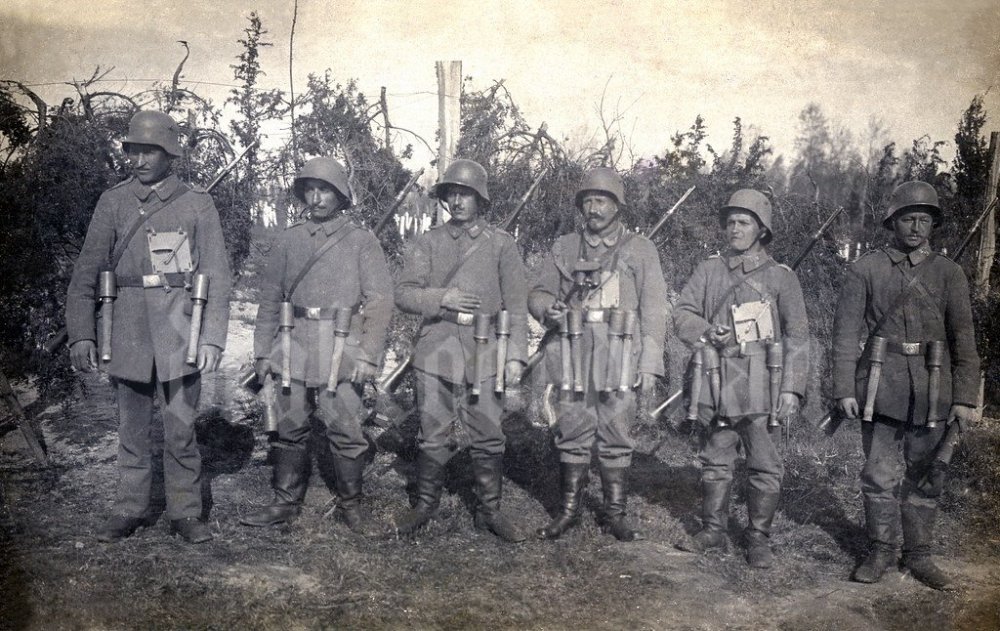
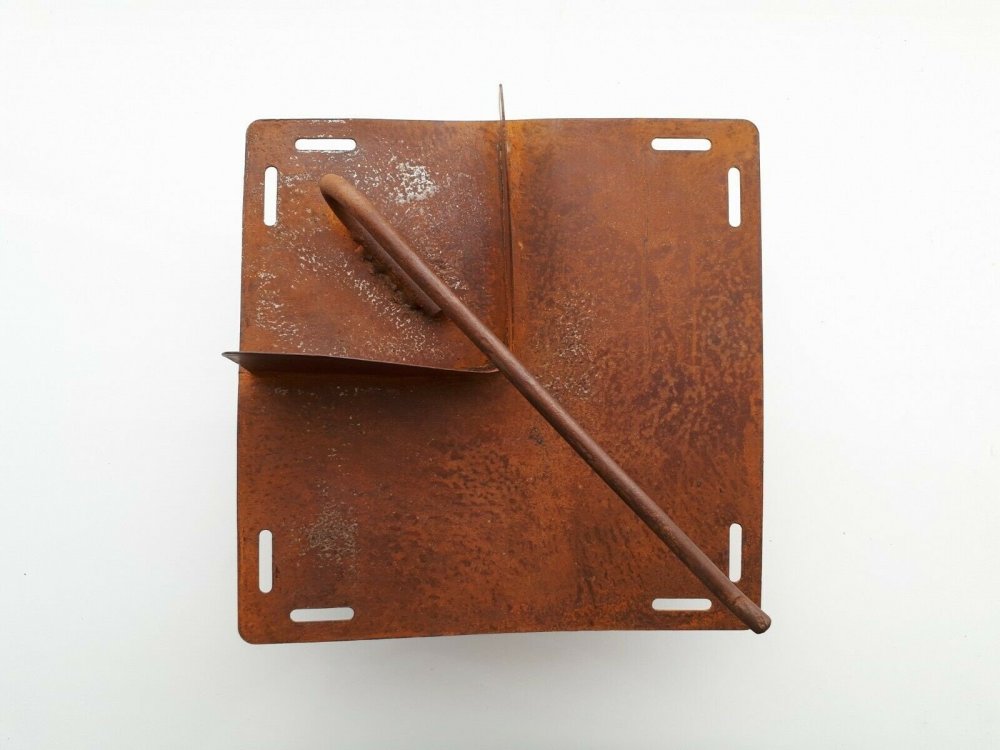
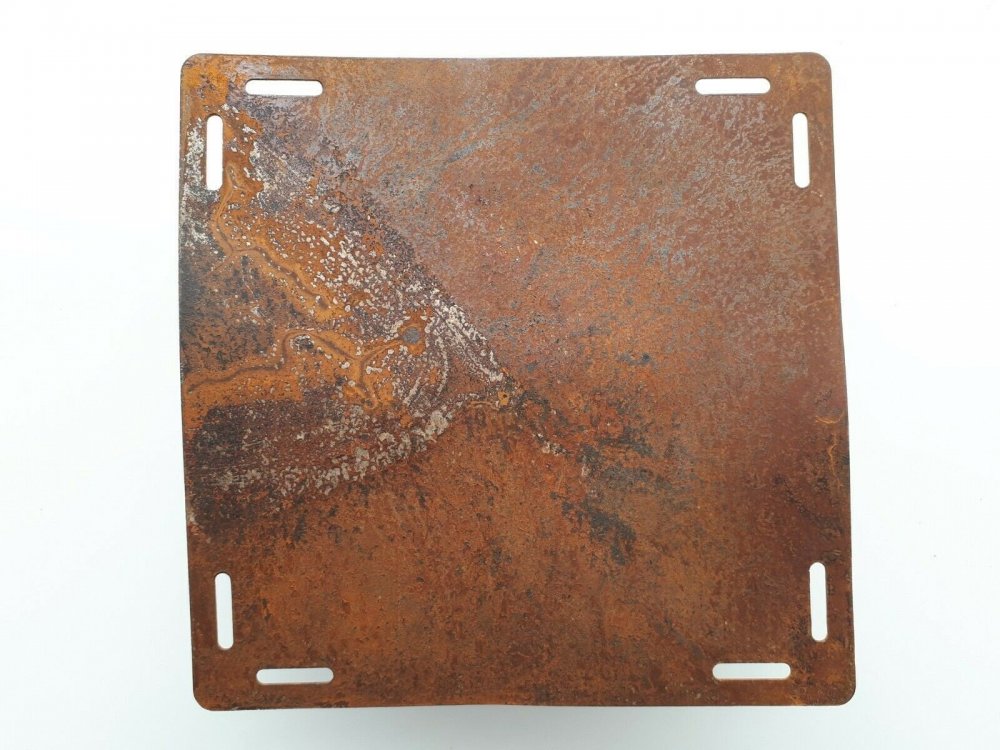

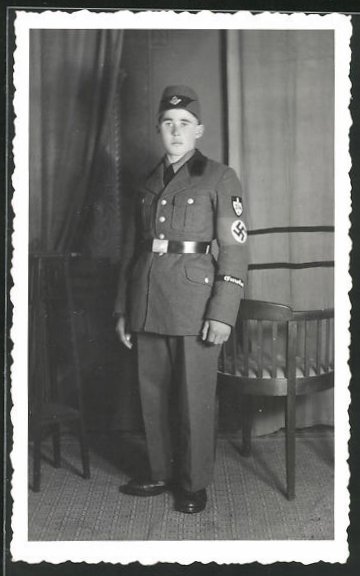
.thumb.jpg.ea26dddae60ab71407fa6ddacfb57c34.jpg)
.thumb.jpg.c26ce4f5816e4665af7abbef5ceb70e9.jpg)
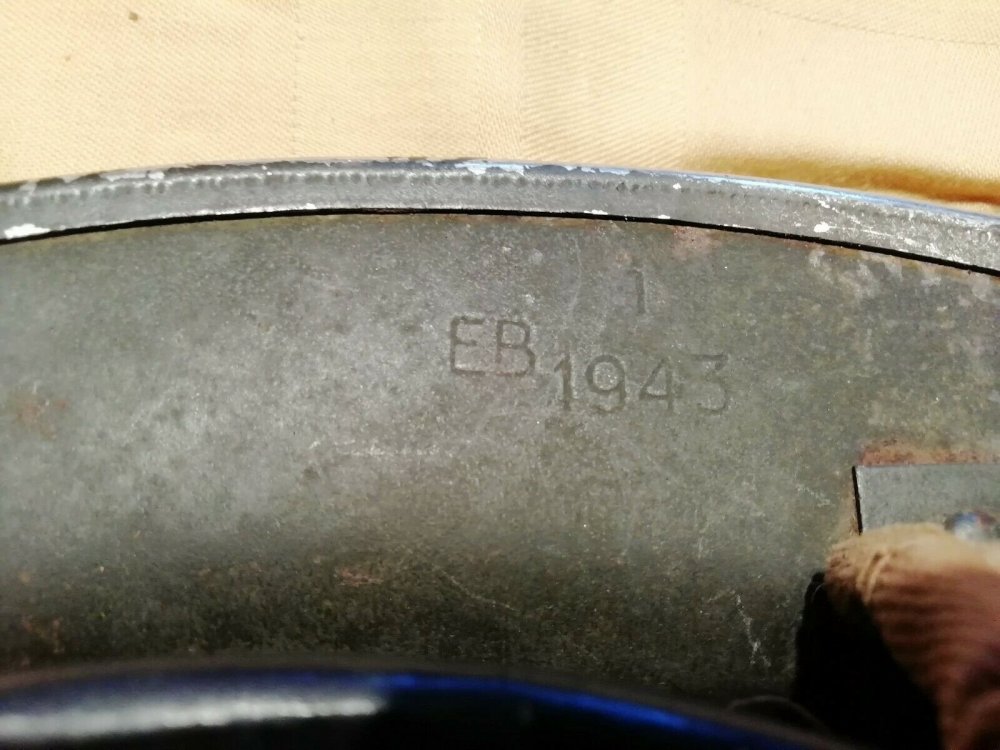
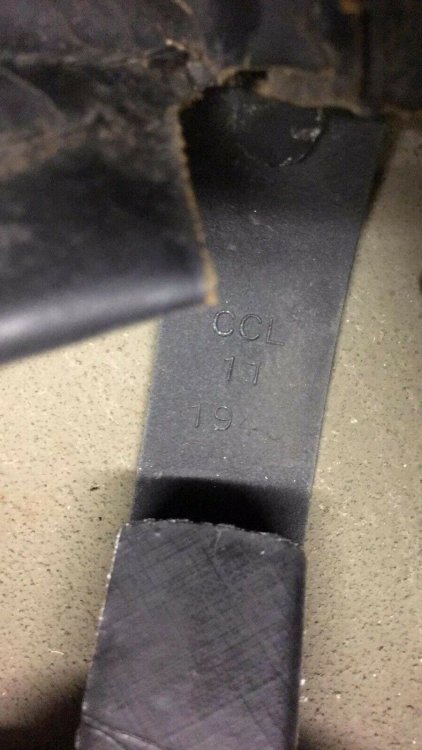
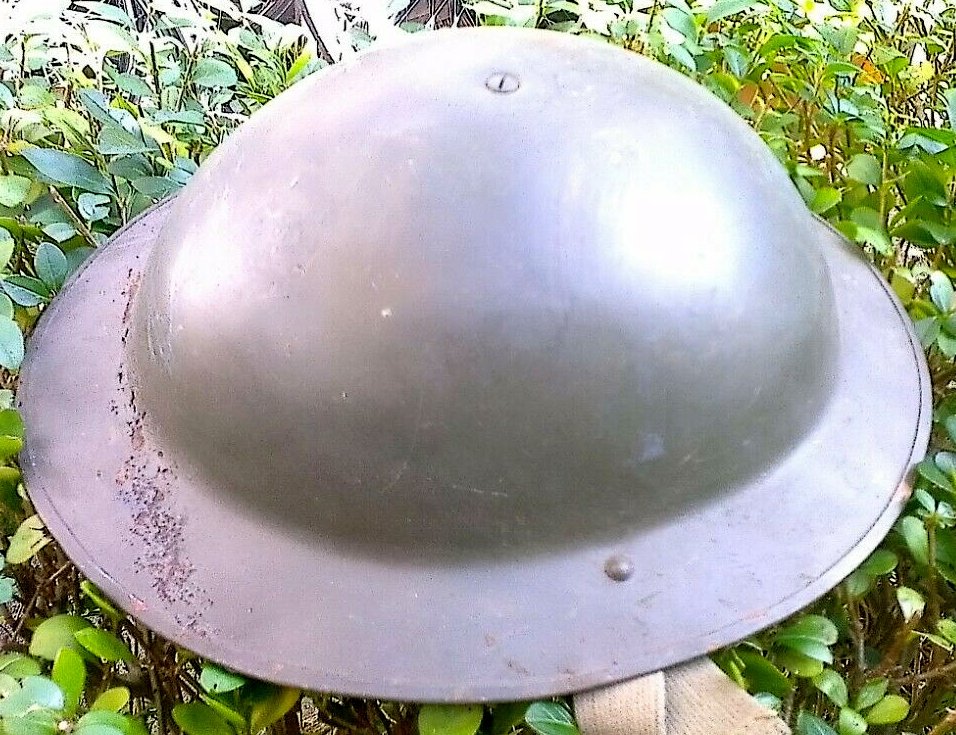
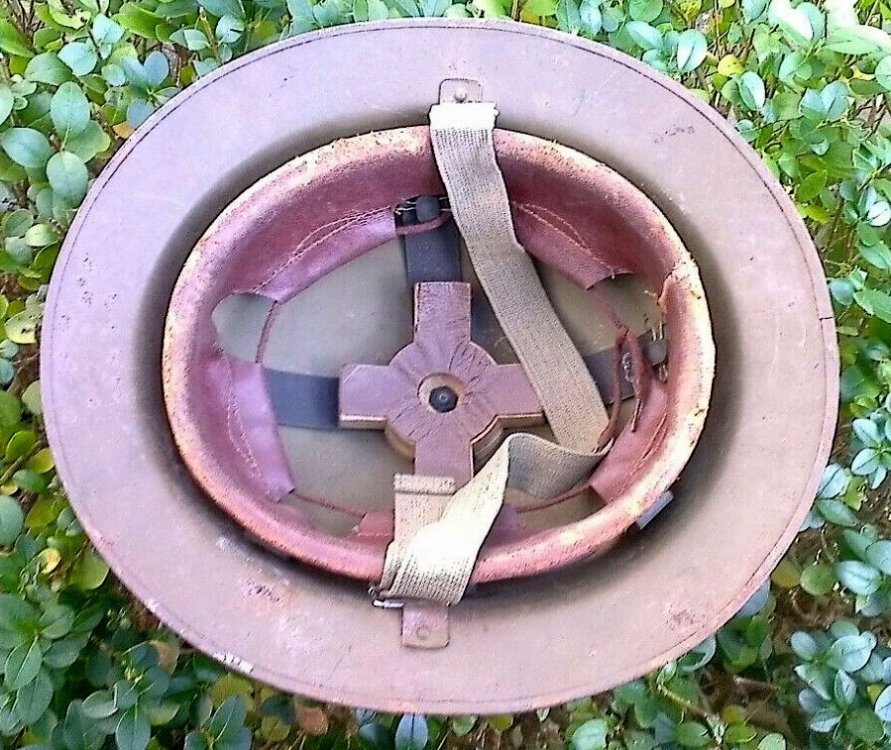
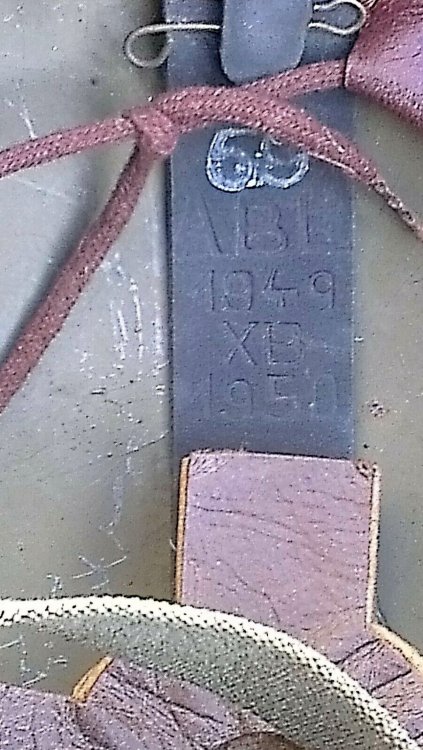
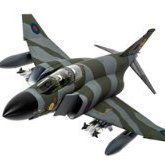
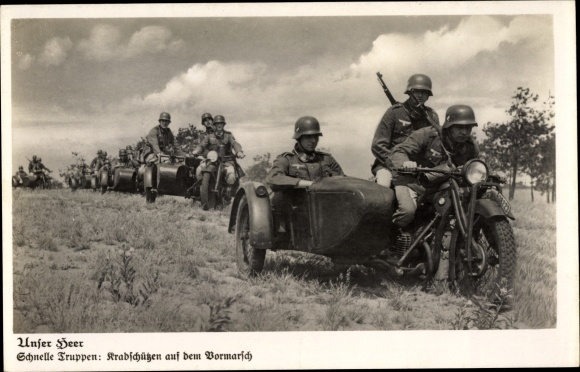
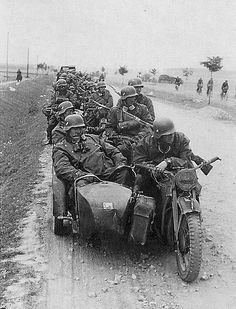
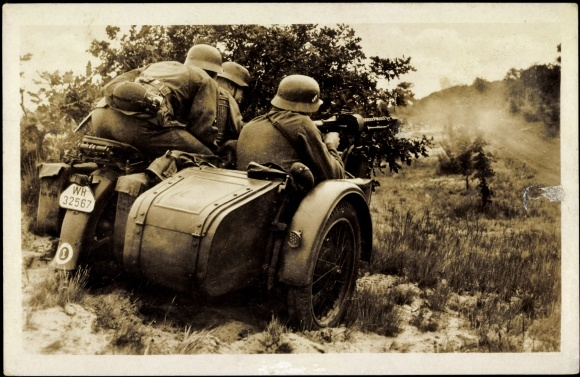
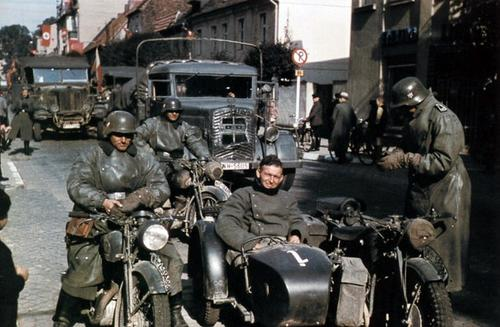
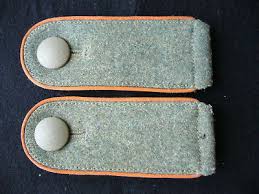
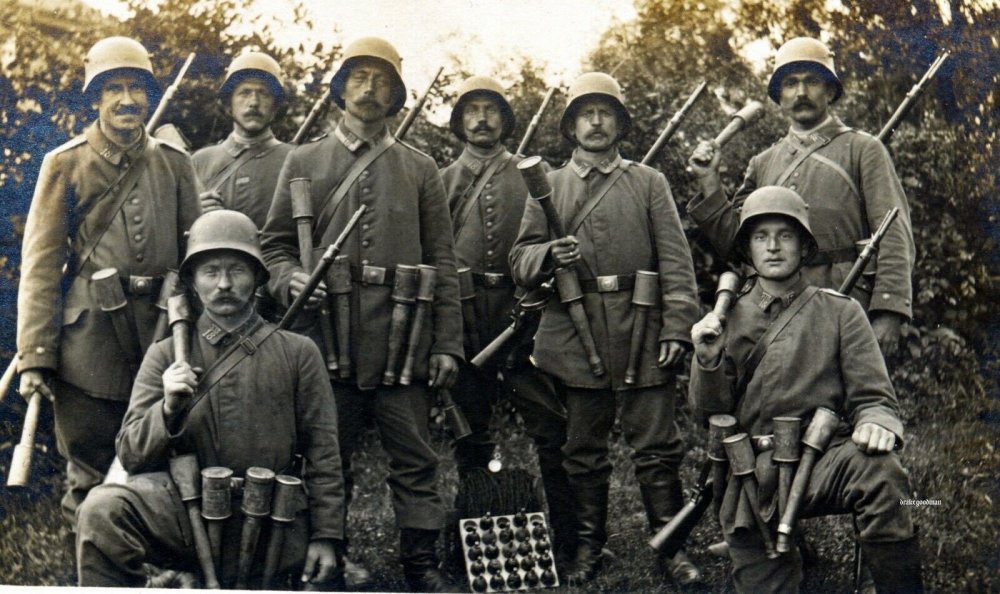
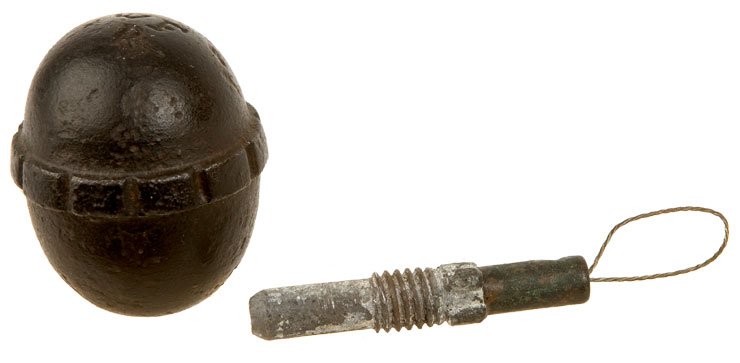
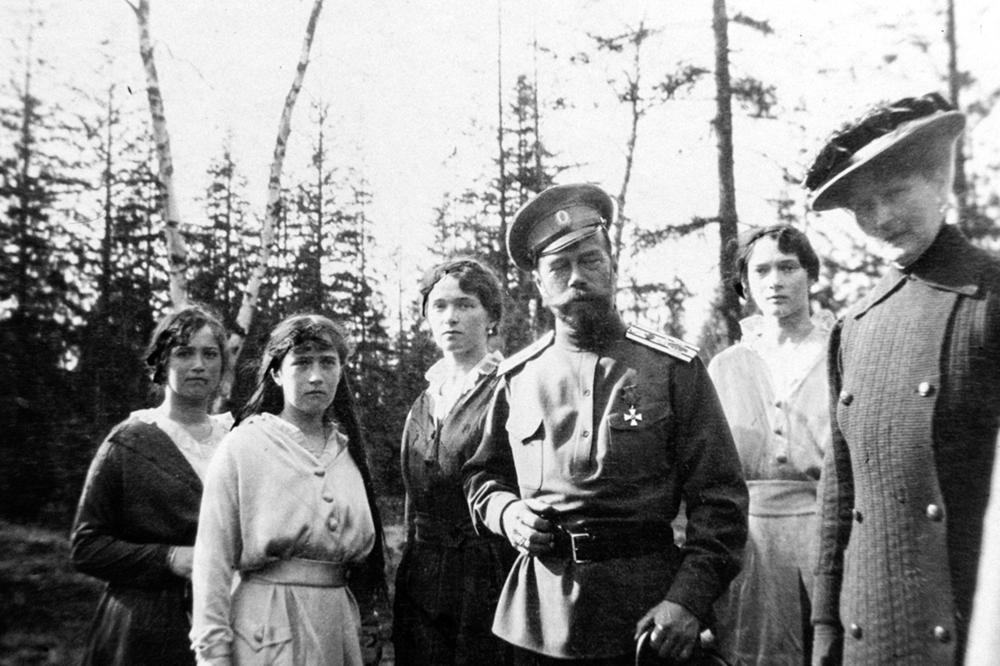
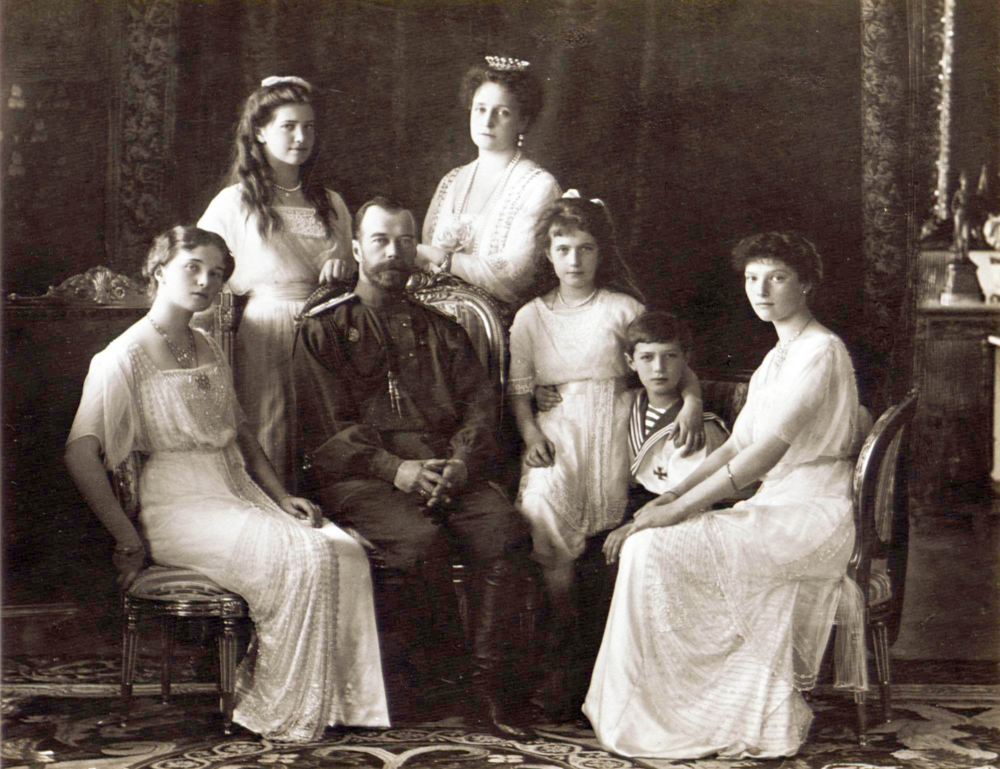
.thumb.jpg.5c518bb9f6f4b086a9ceacba5afd07f8.jpg)
.thumb.jpg.cc5ad42f9c09432d40a70fcba2ea0490.jpg)
.thumb.jpg.4fcd20740df04d1e287eb3759ab01f34.jpg)
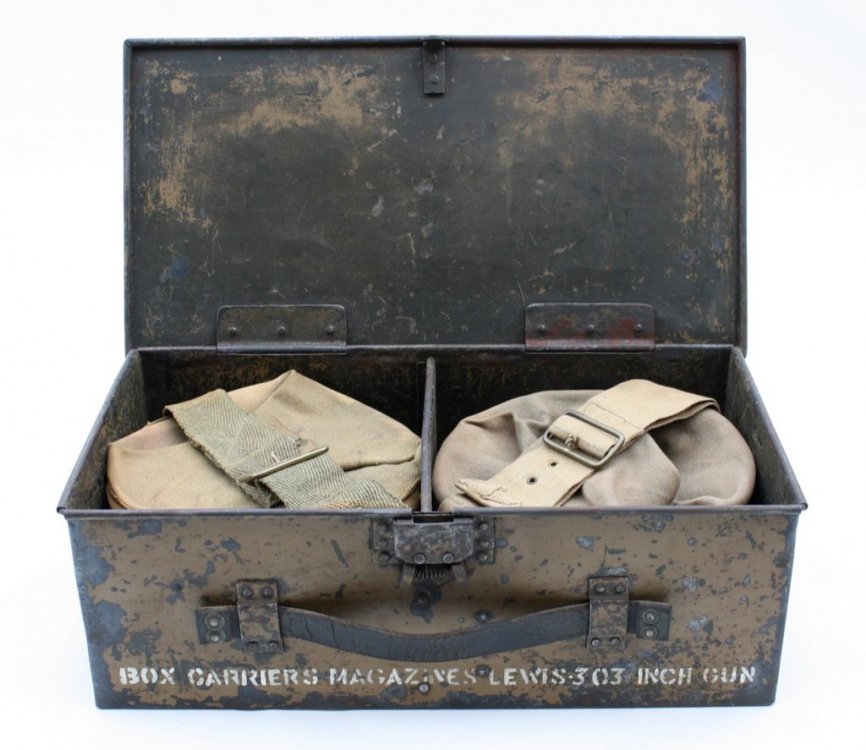

.jpg.c8b63424cf89de8d94683e29deac0fdd.jpg)
.jpg.4f74cf742412666de04c826e1d5509f3.jpg)
